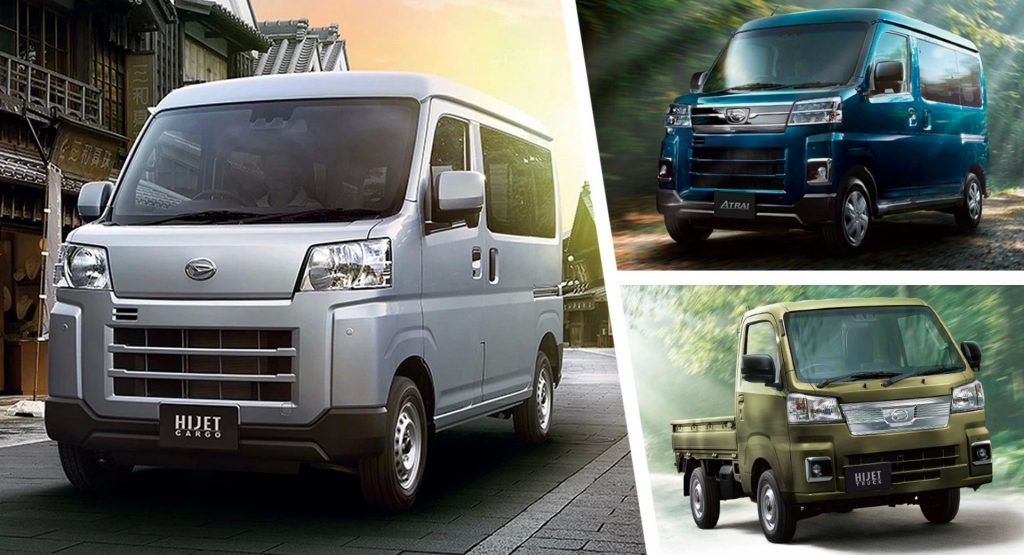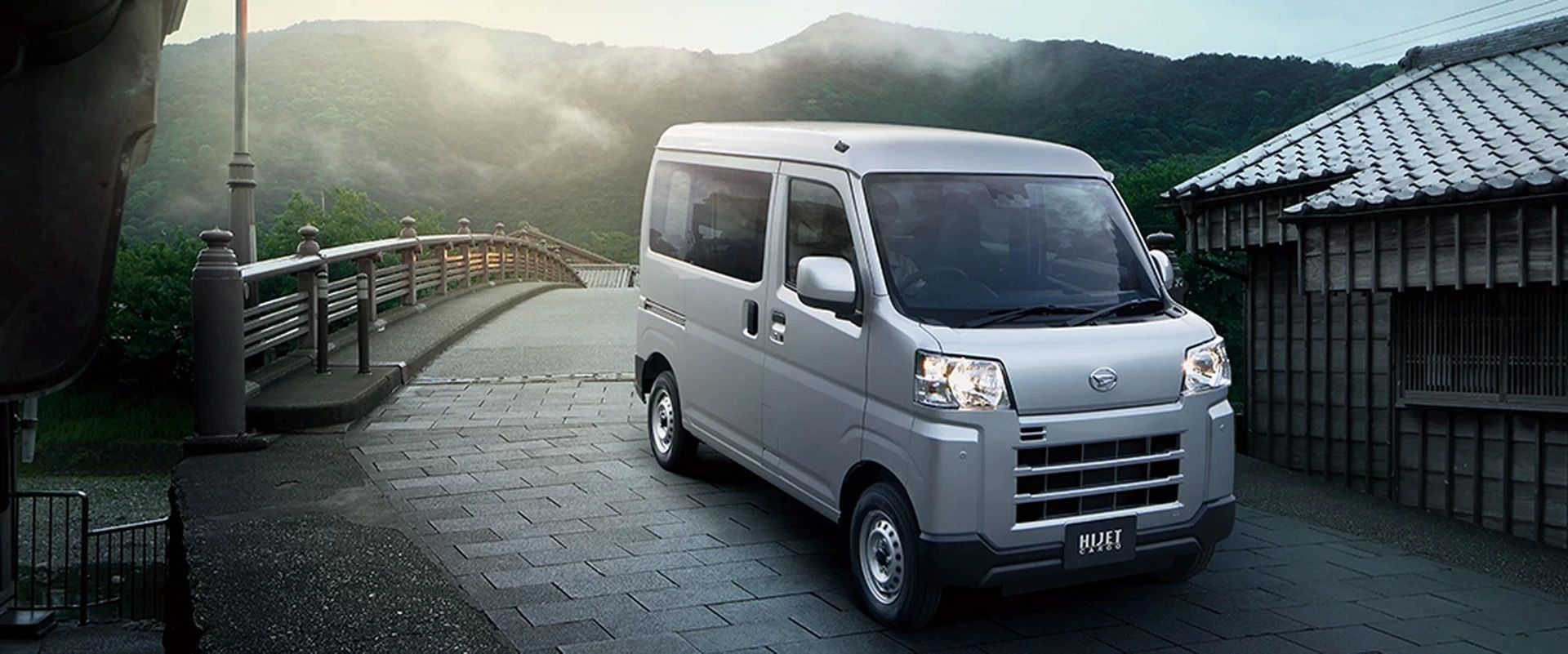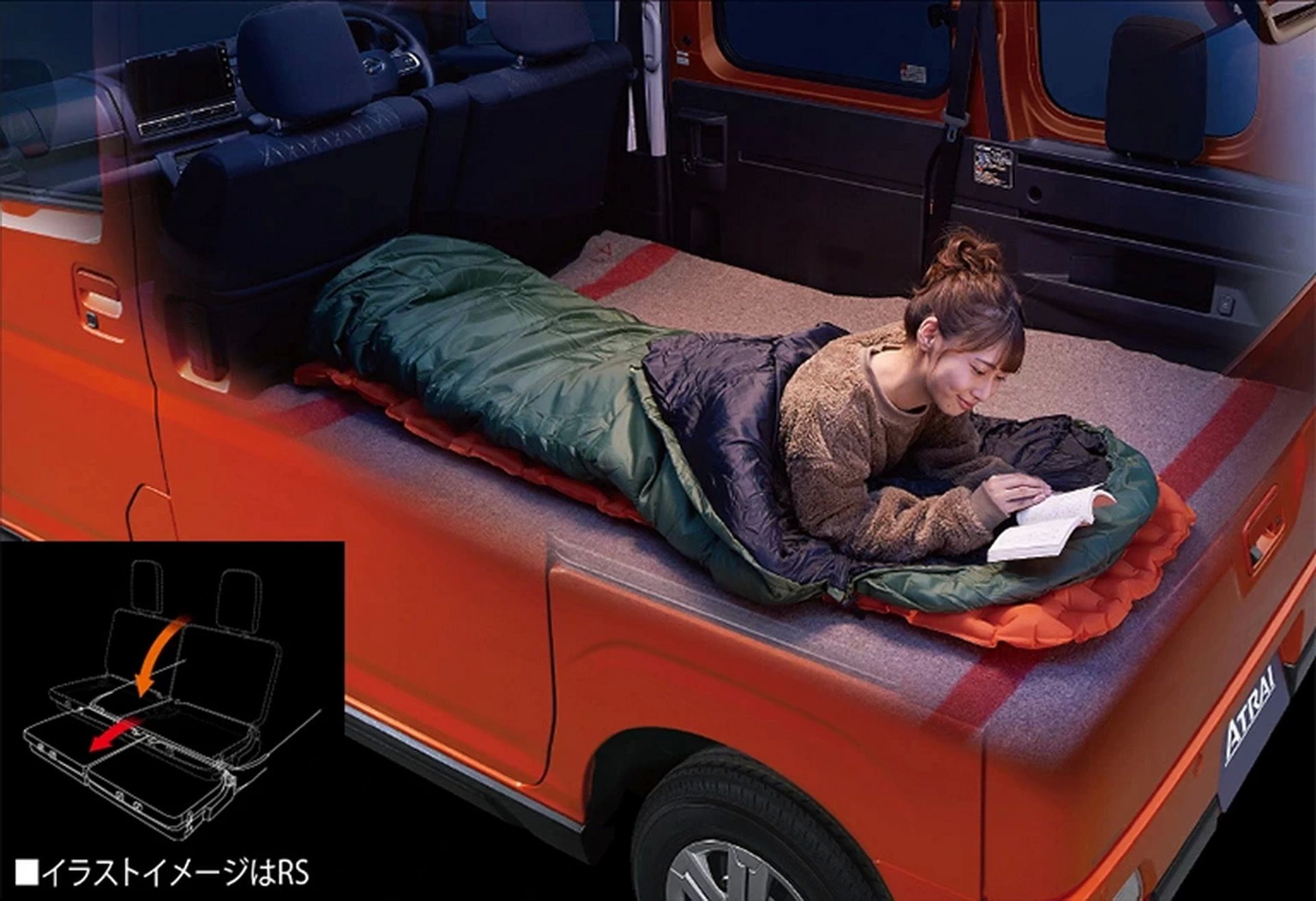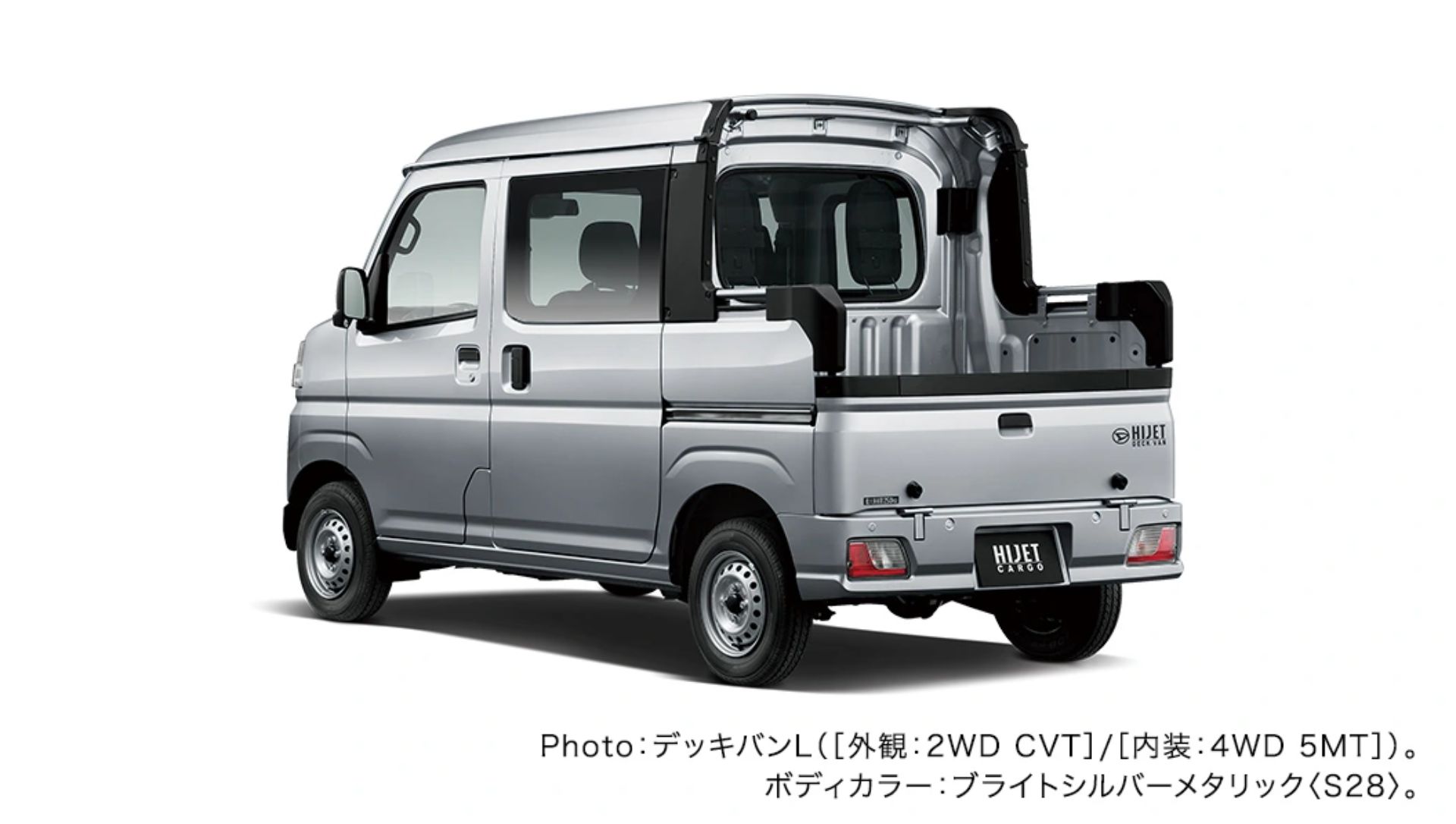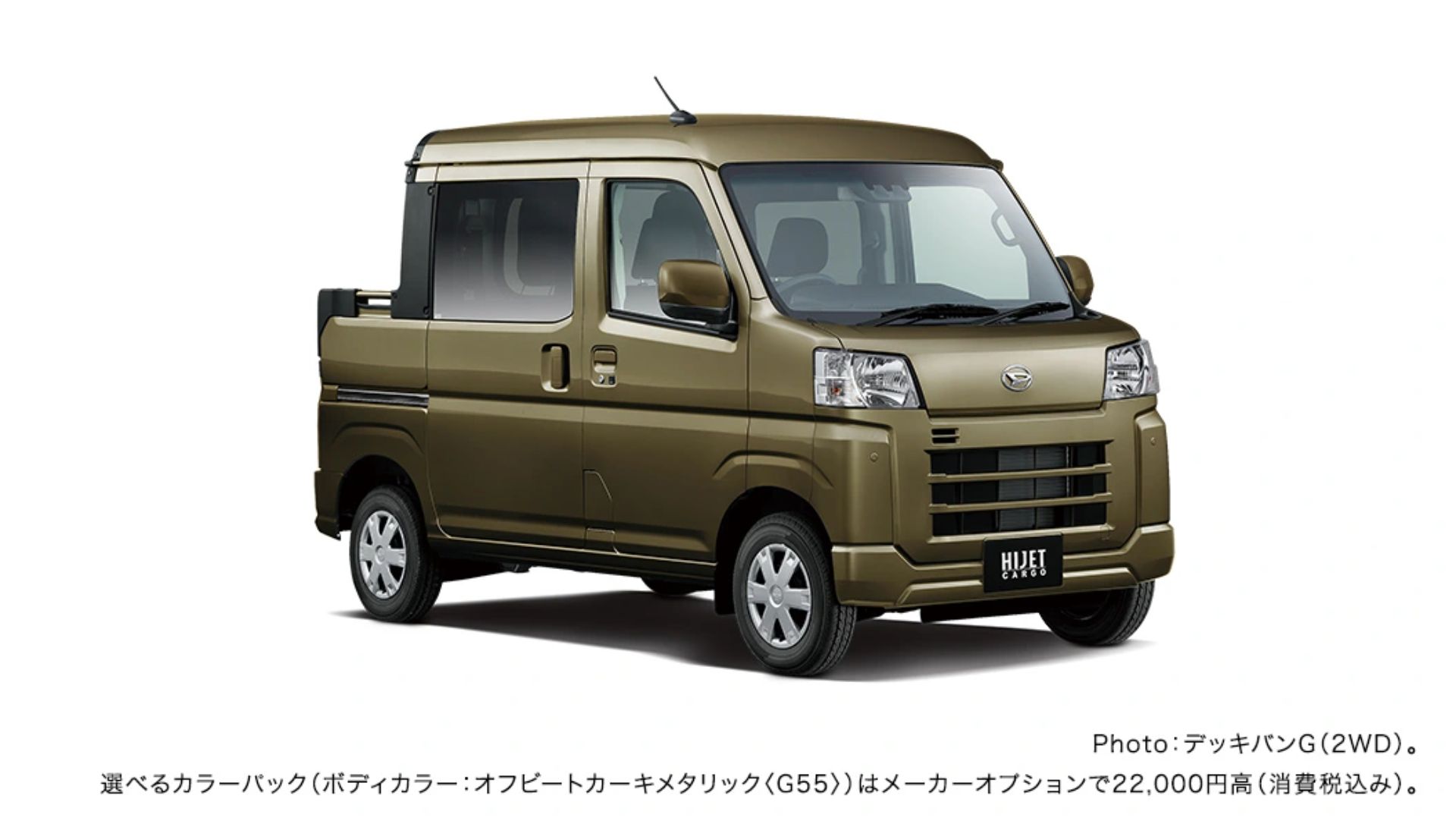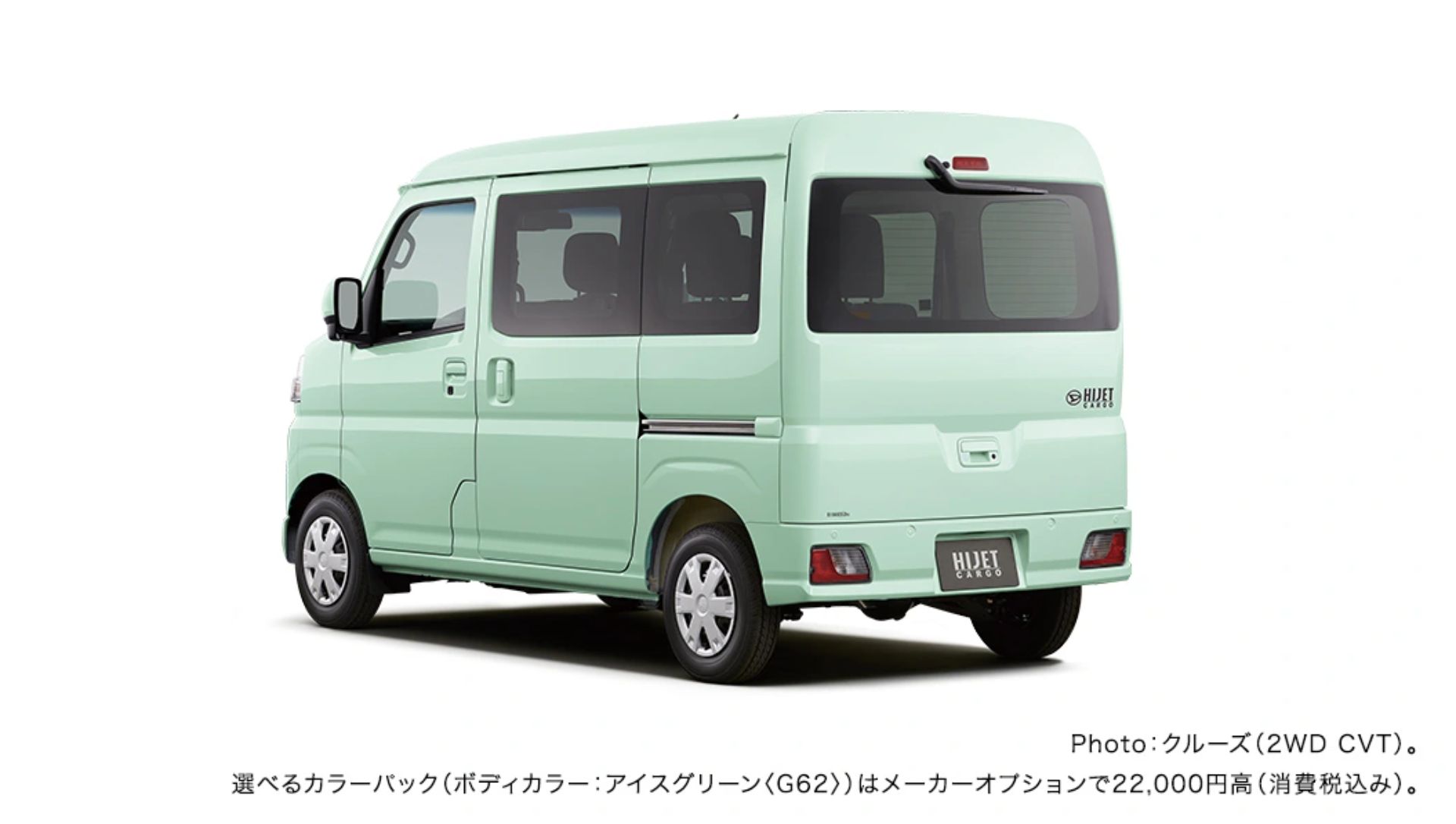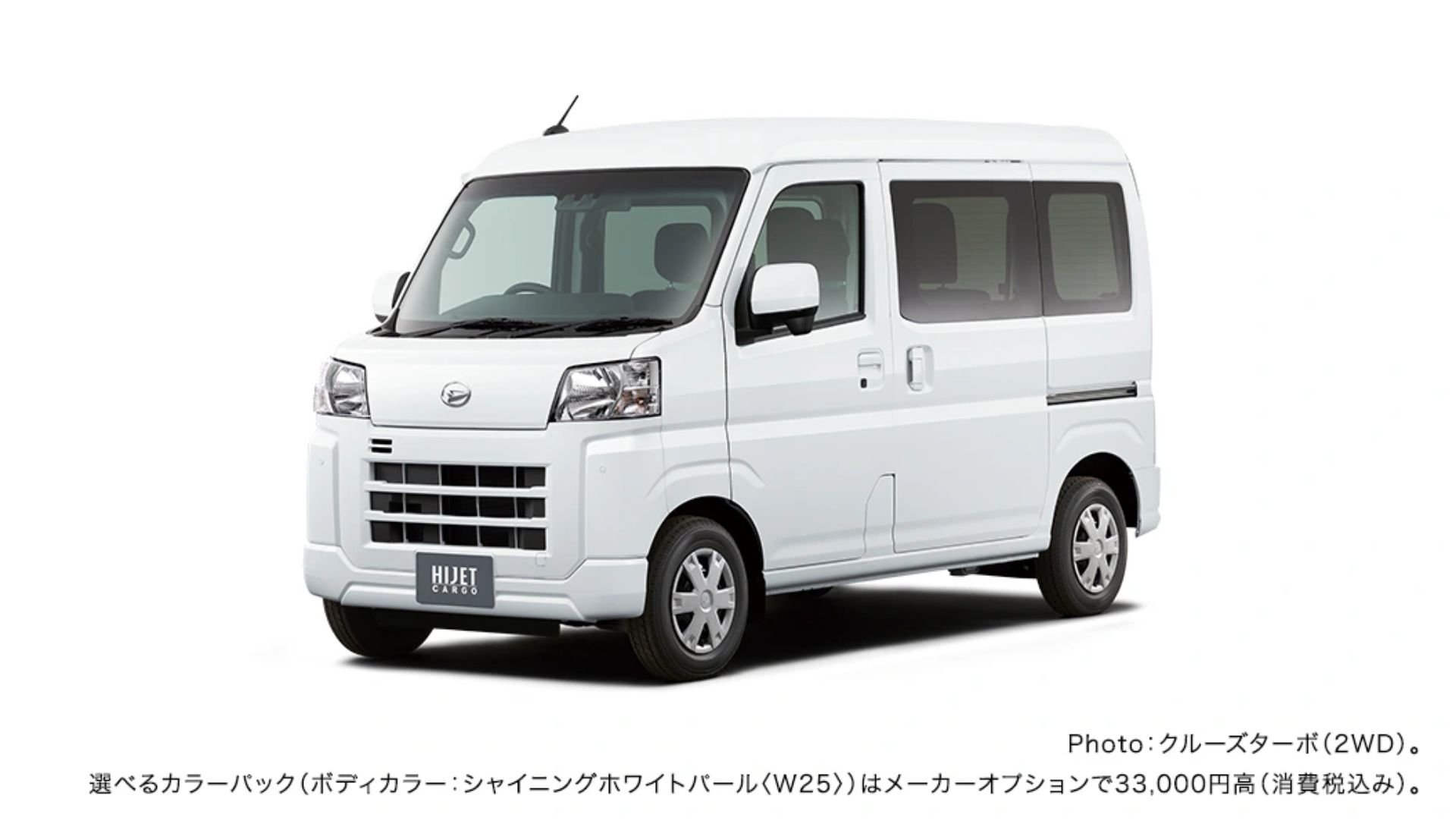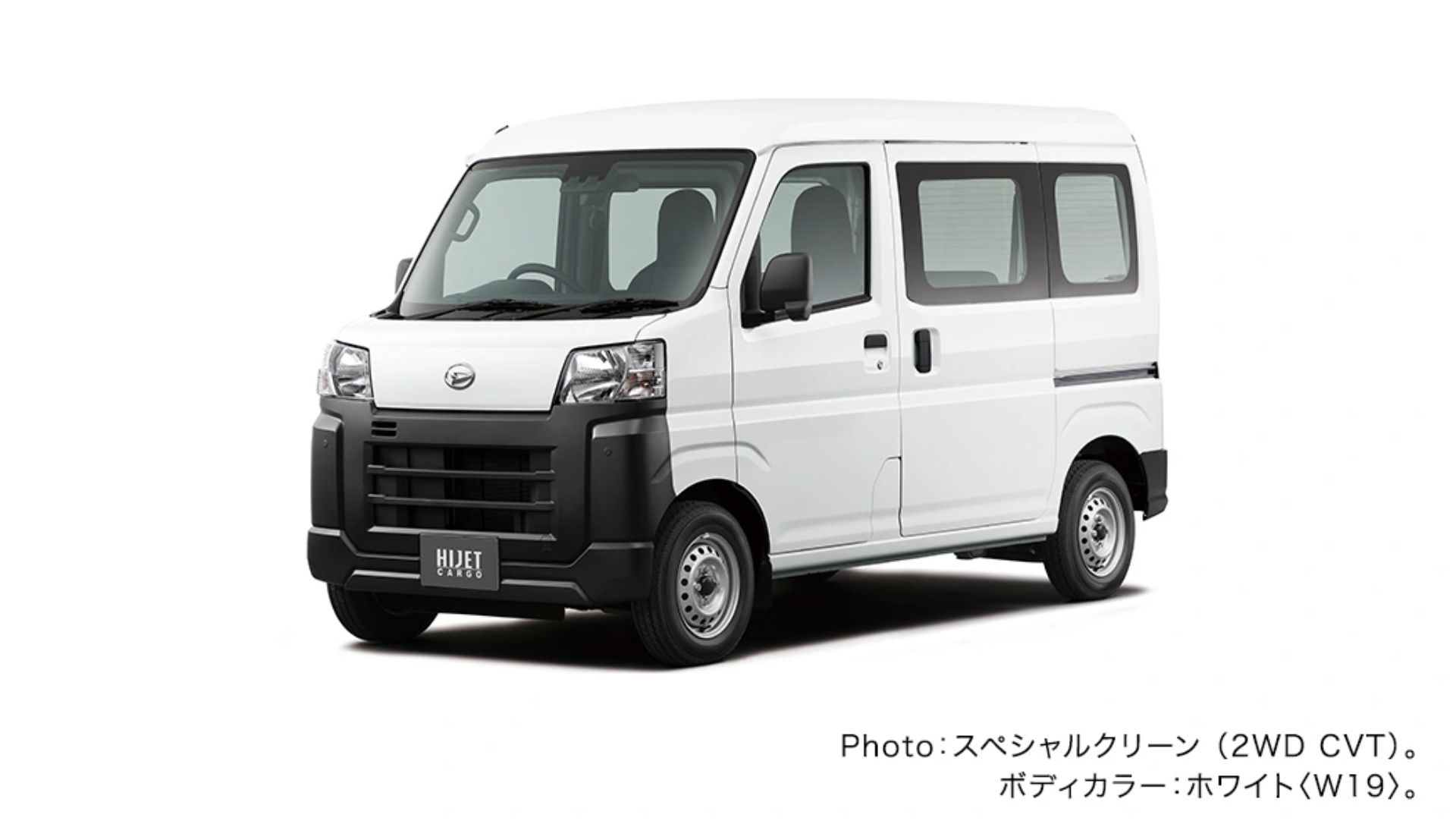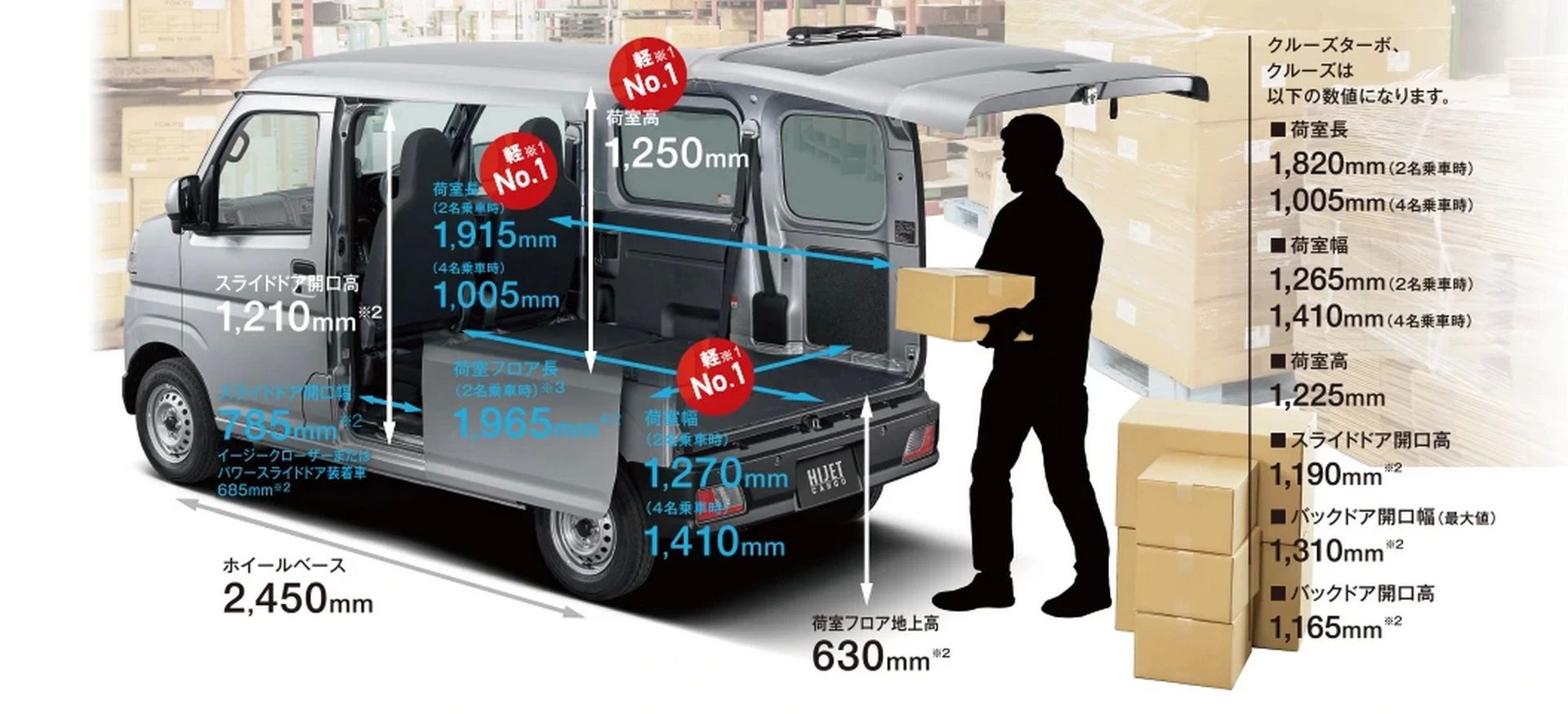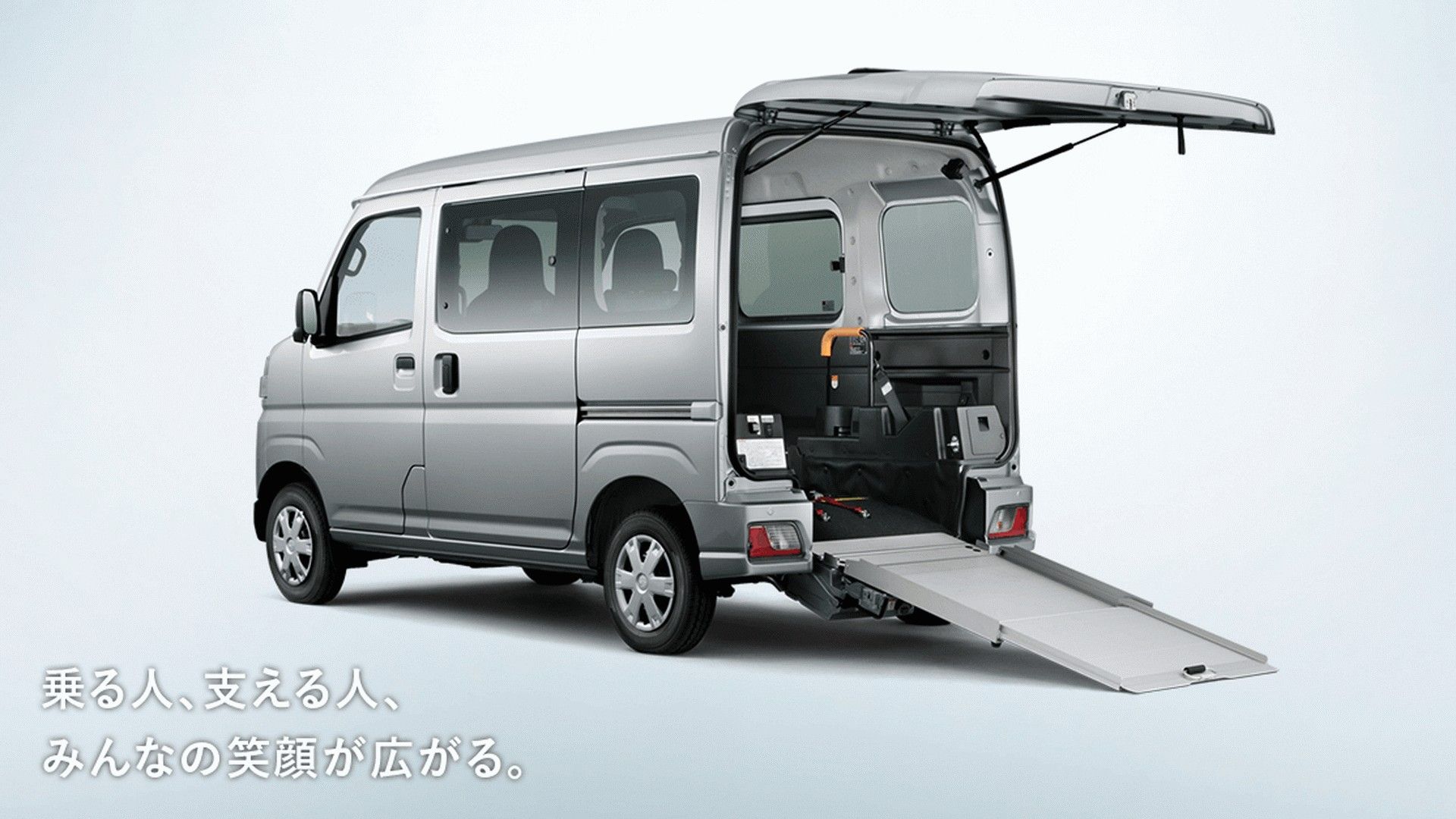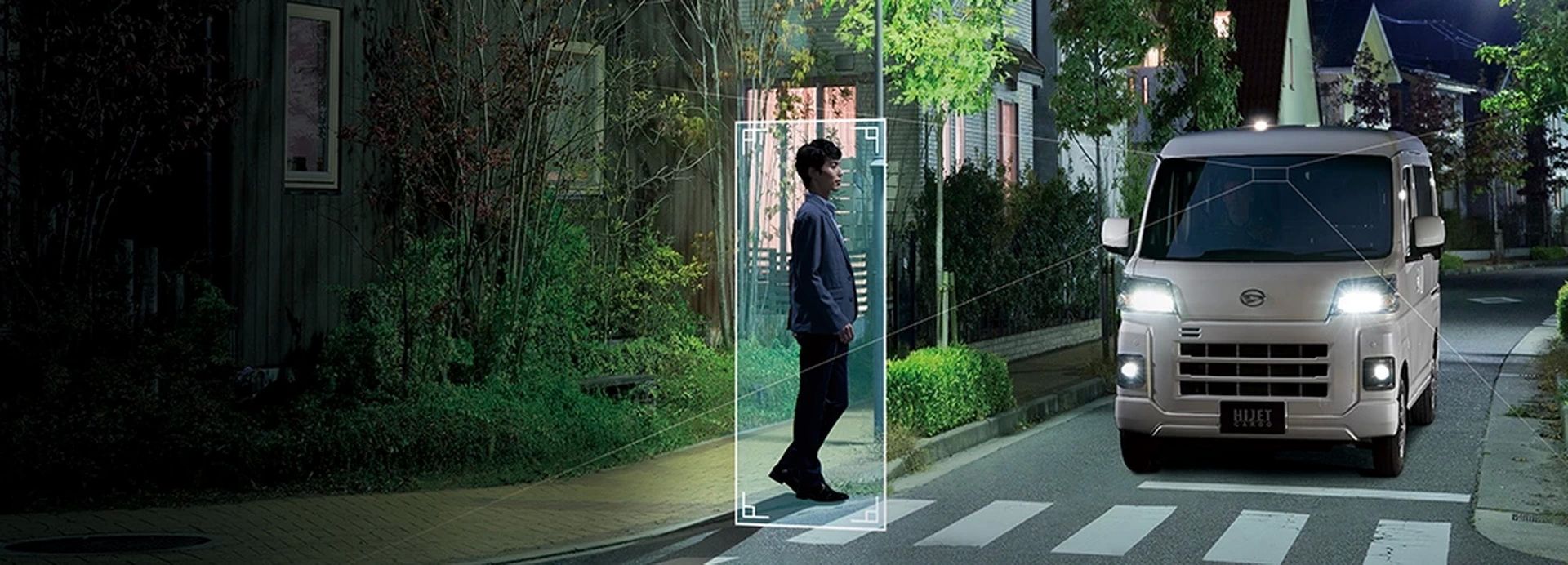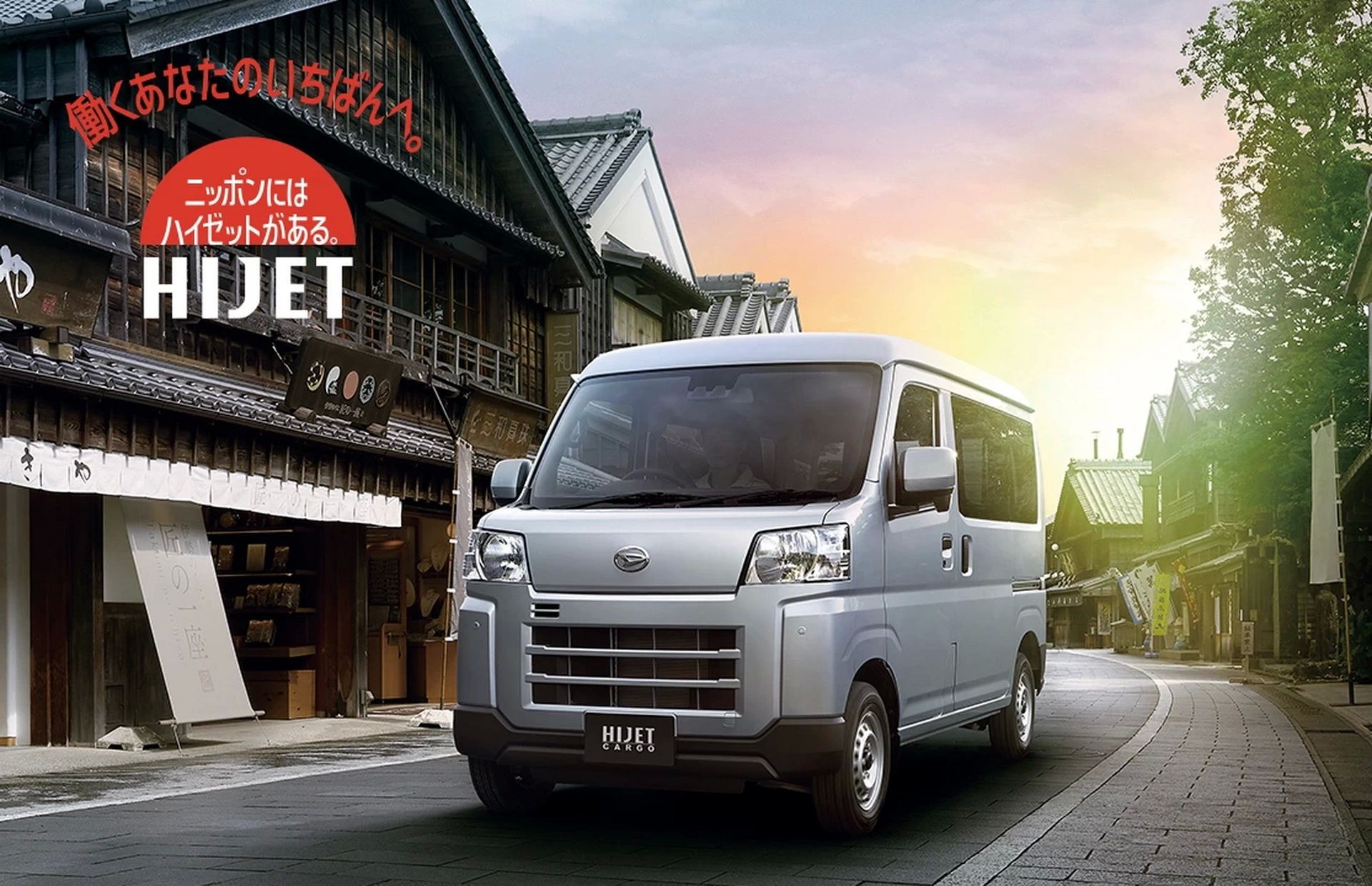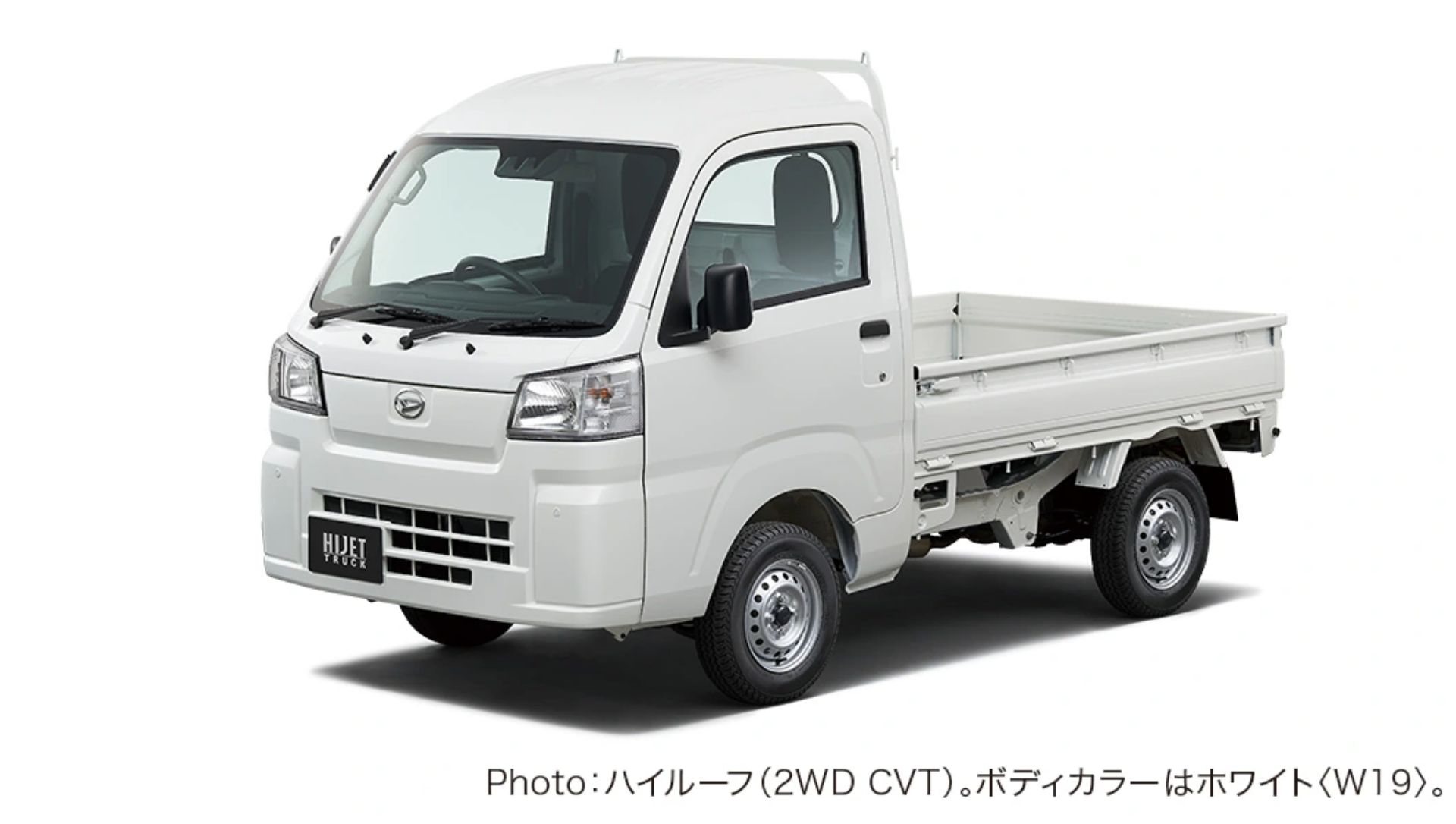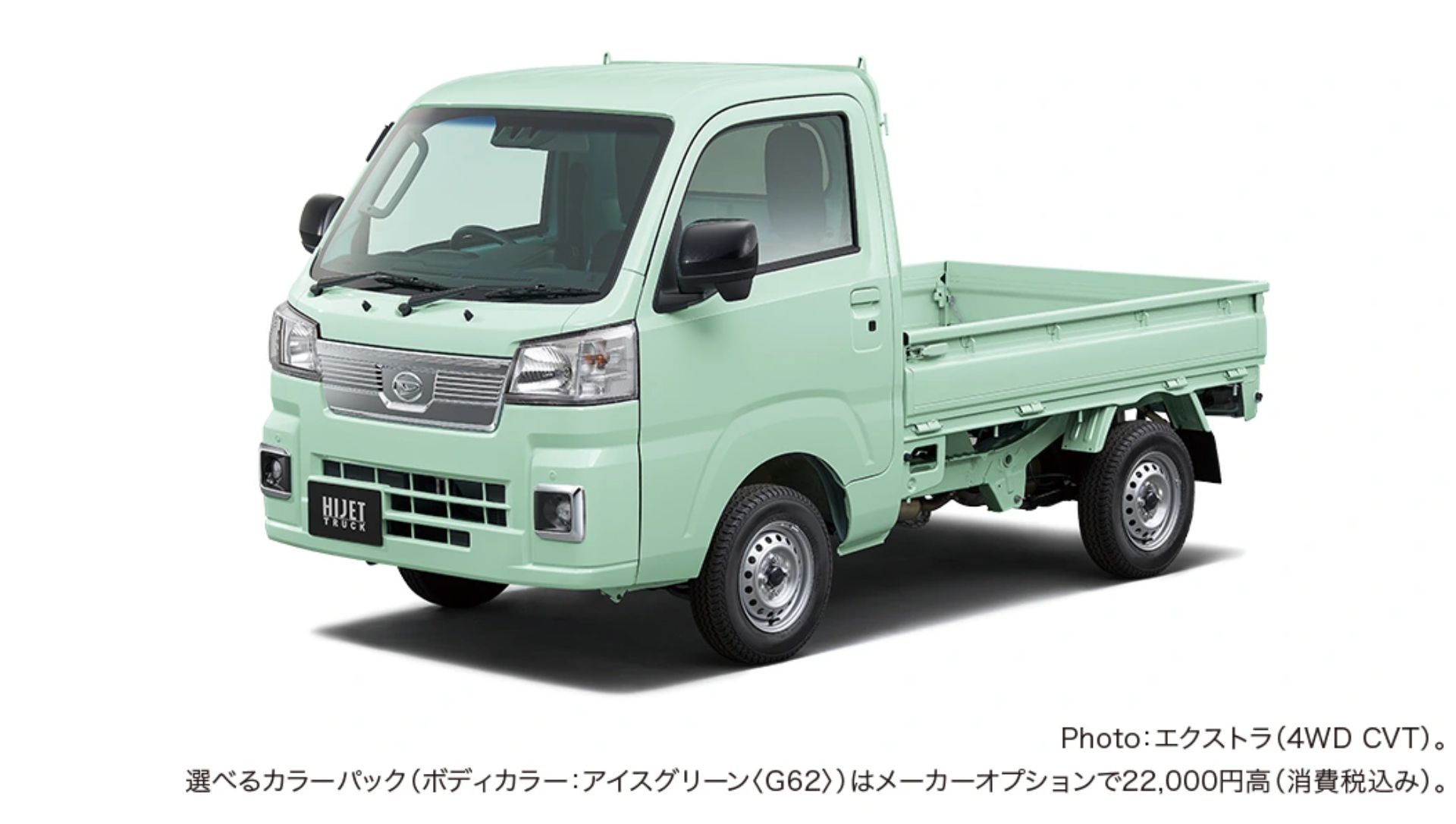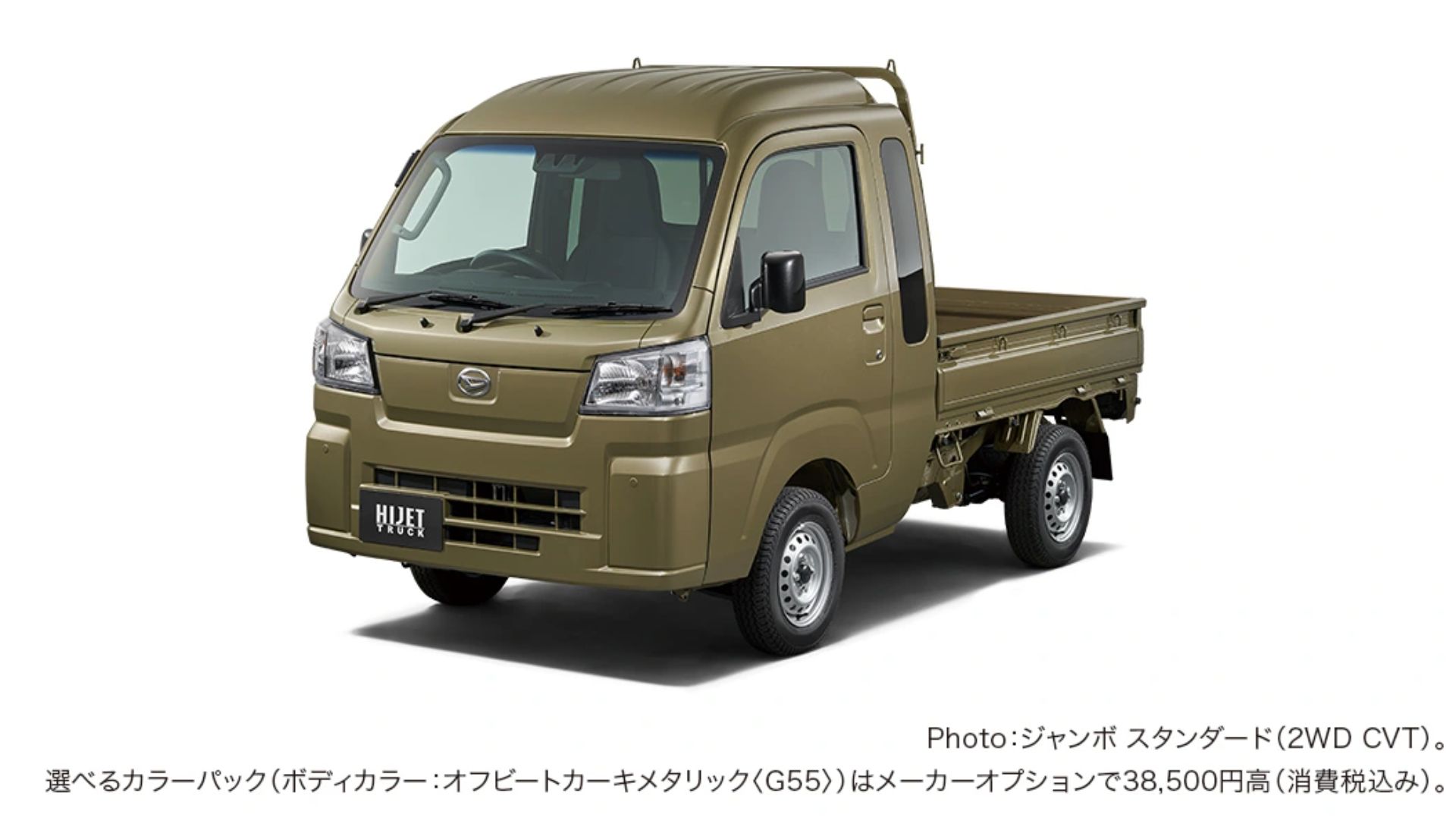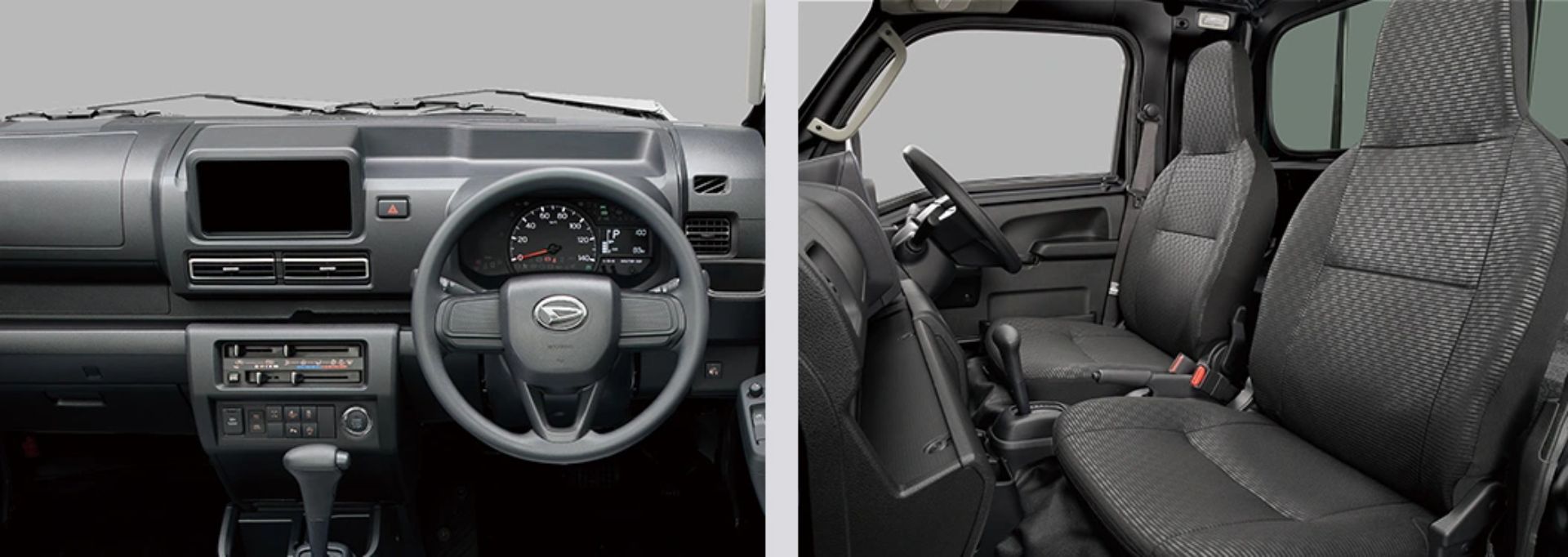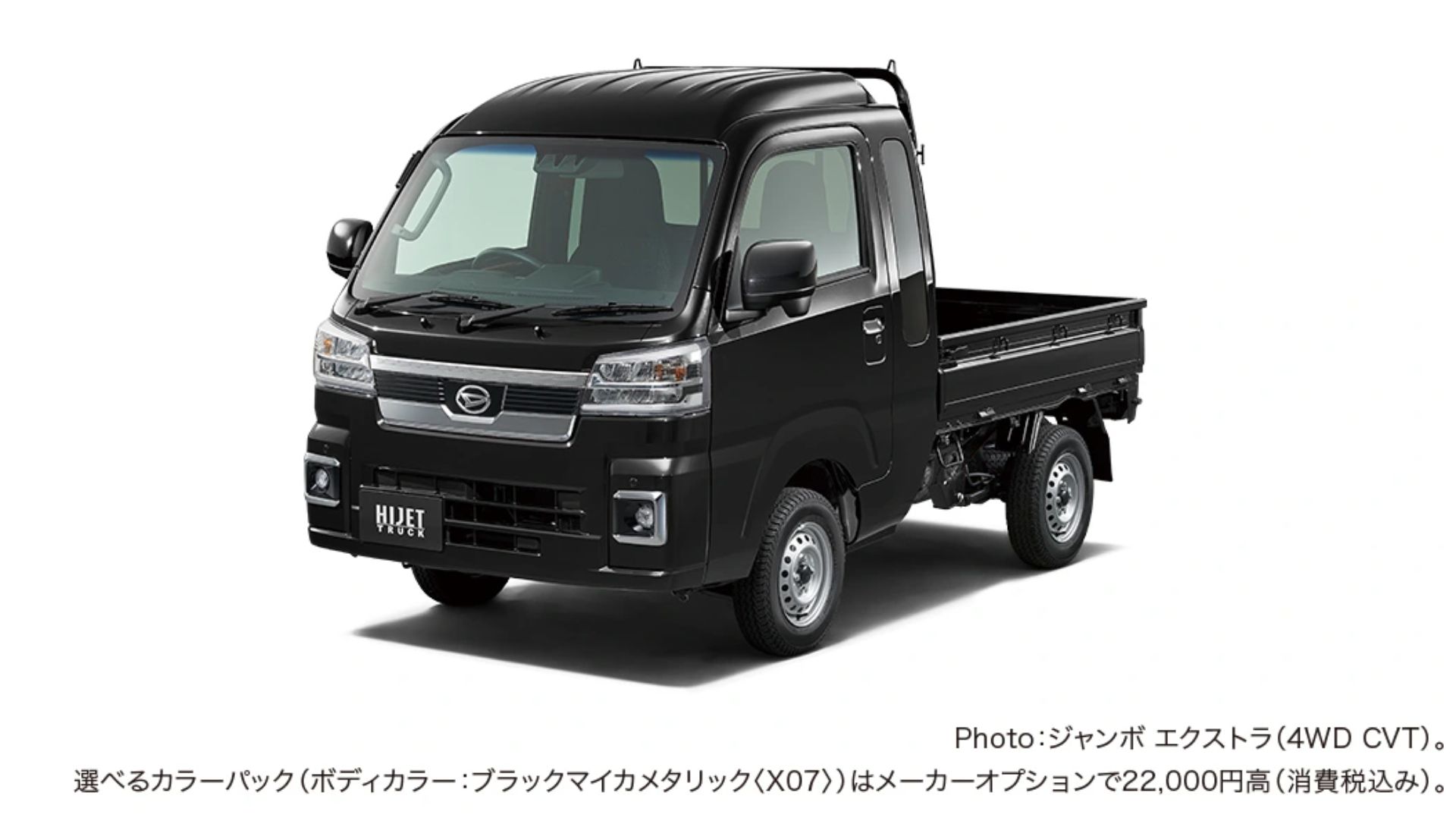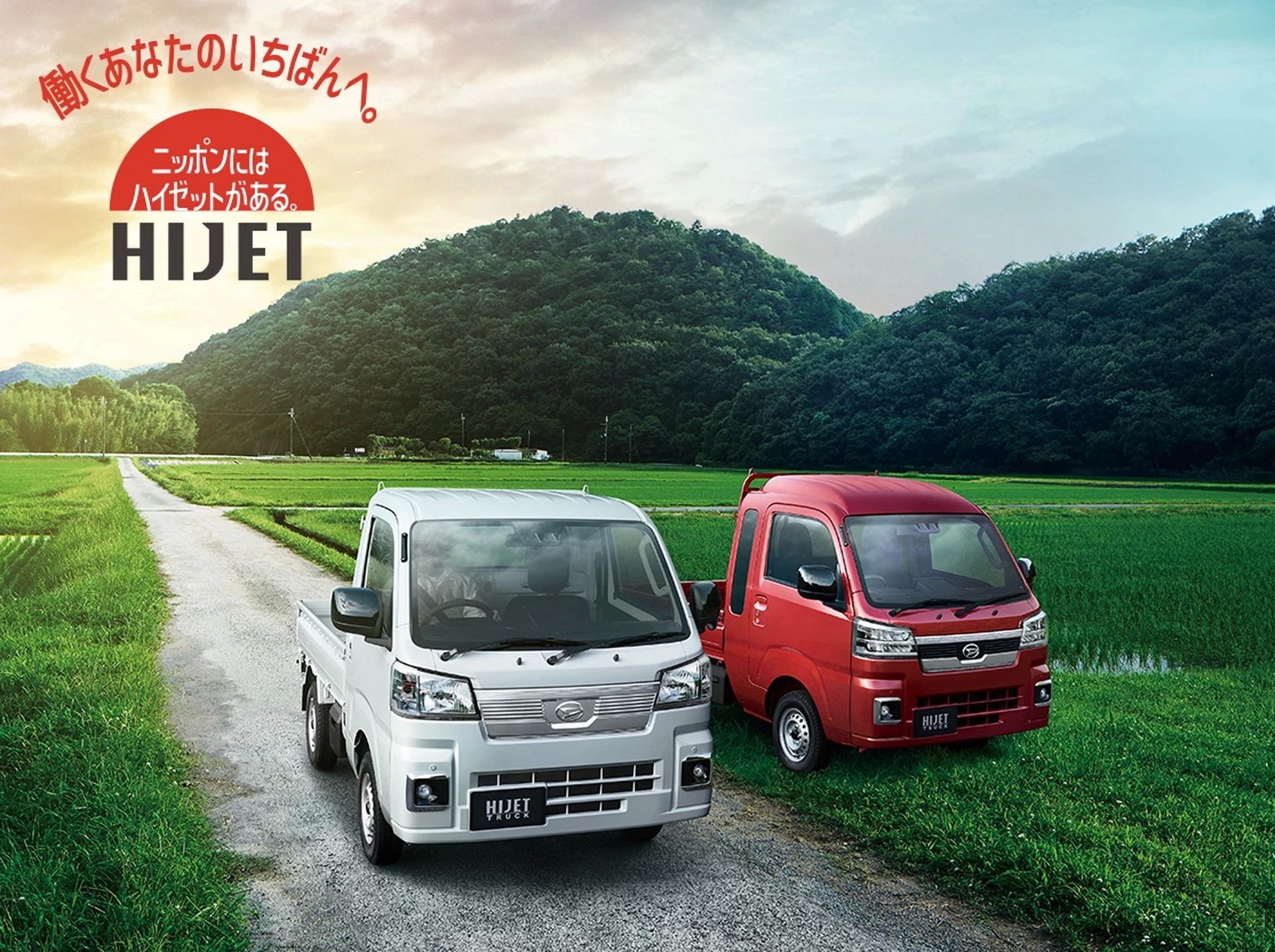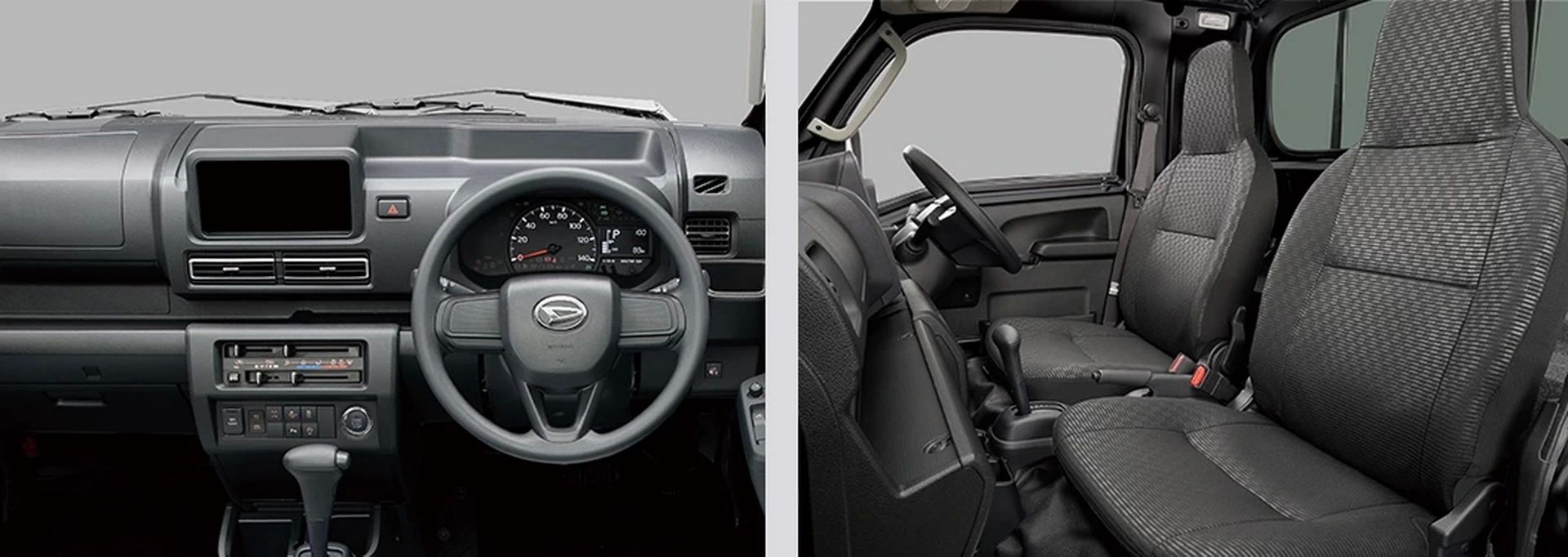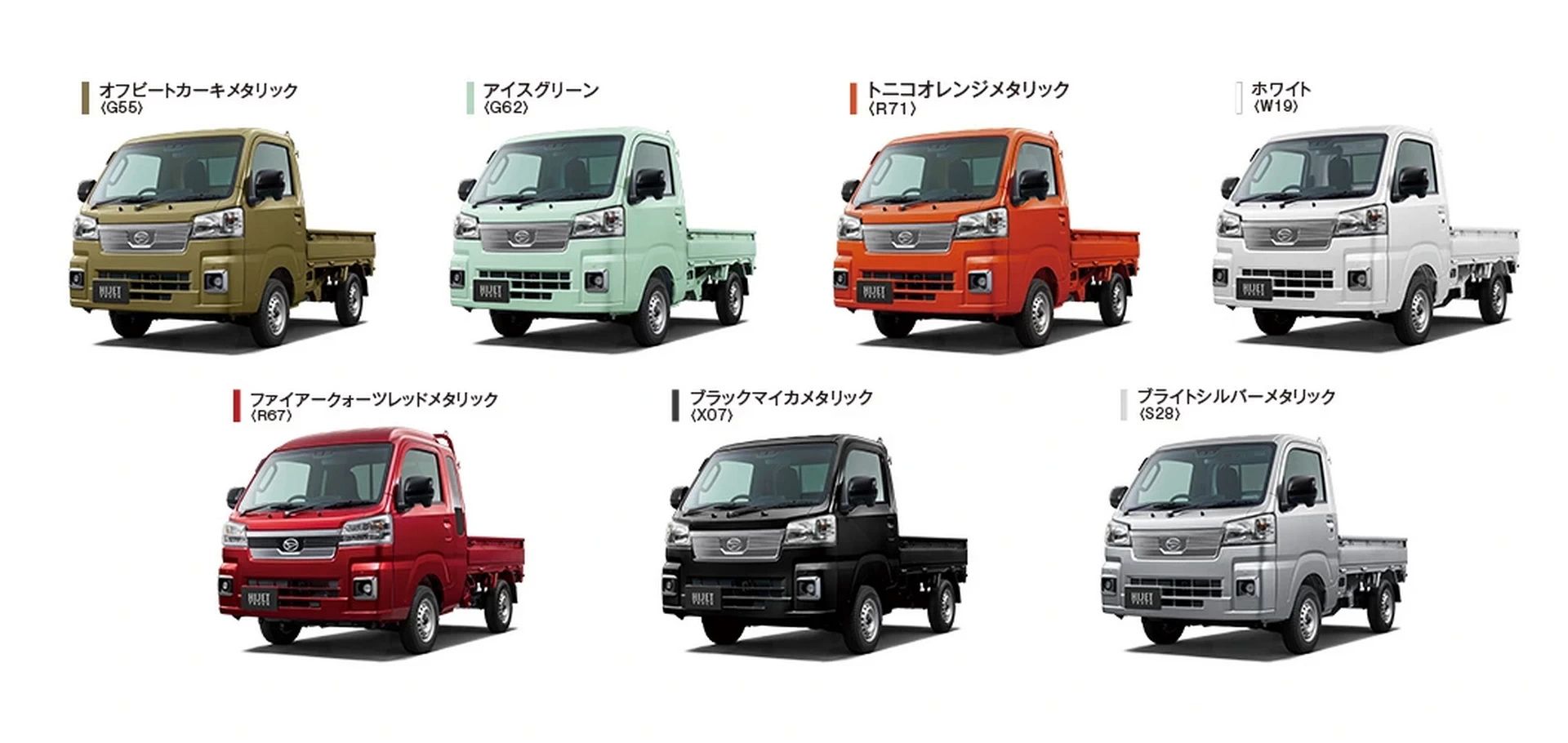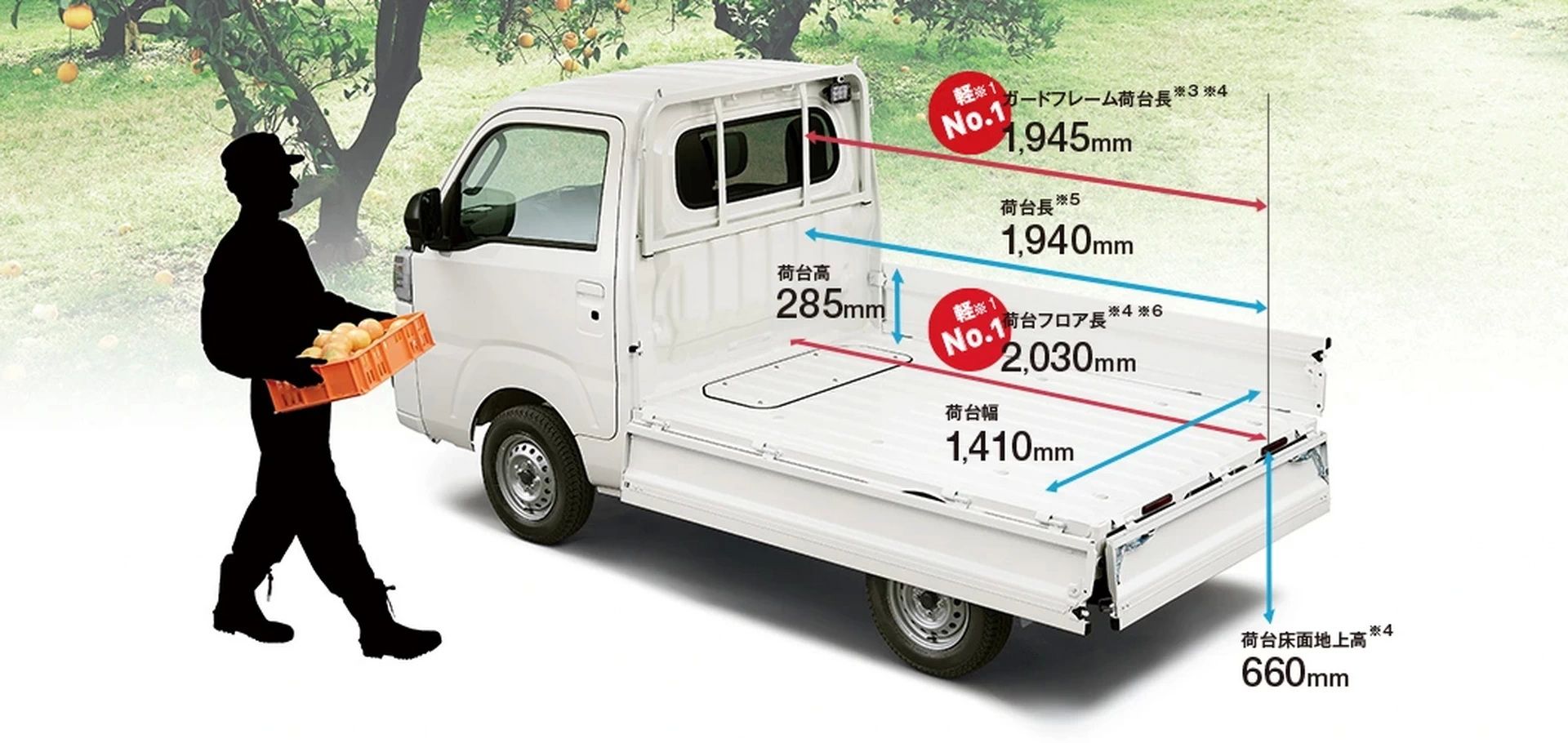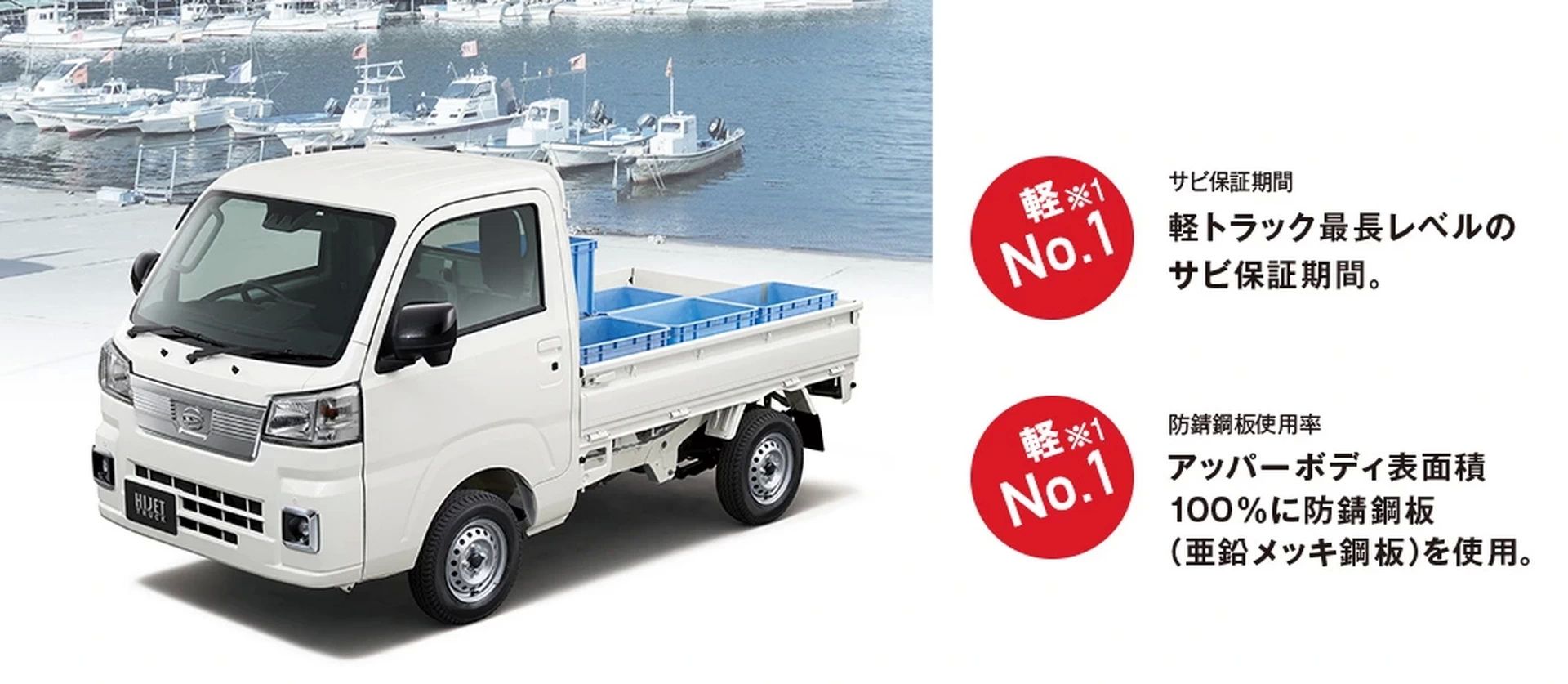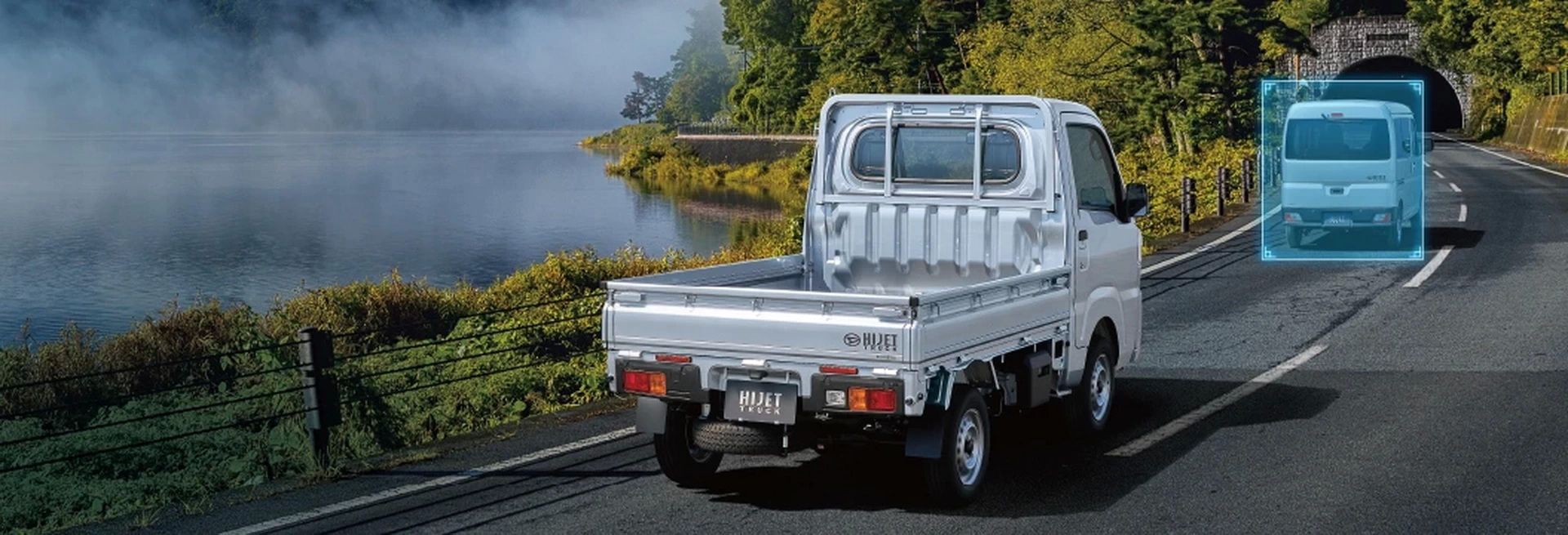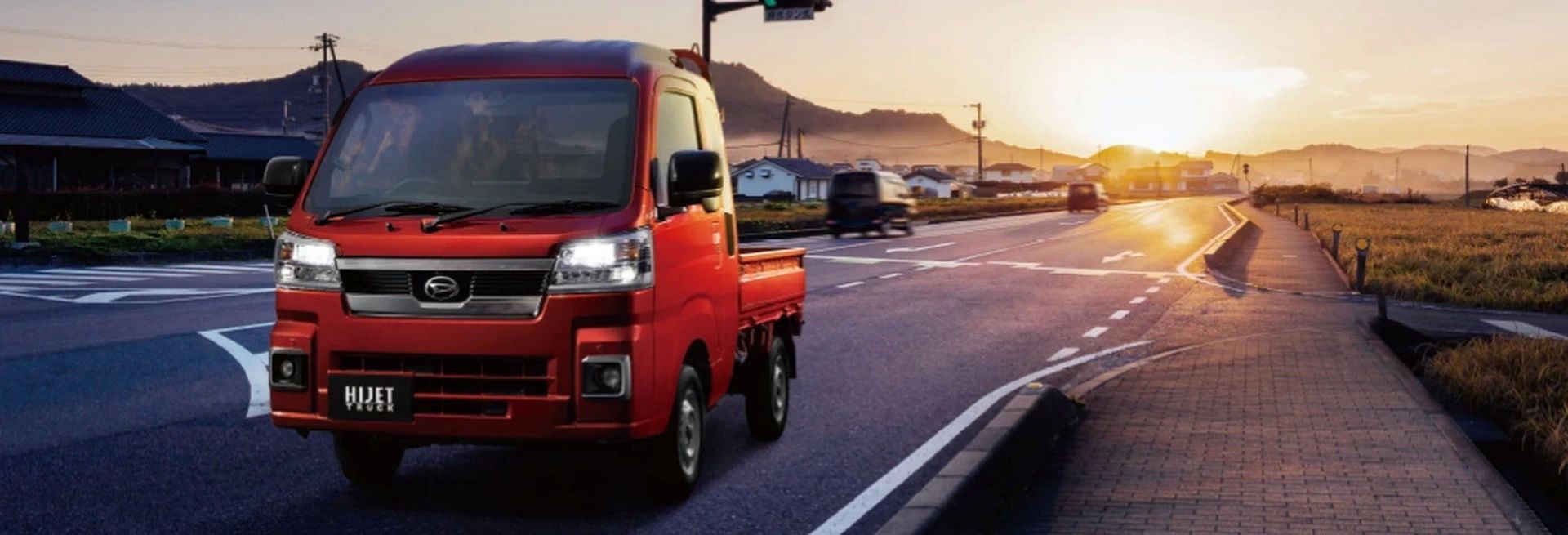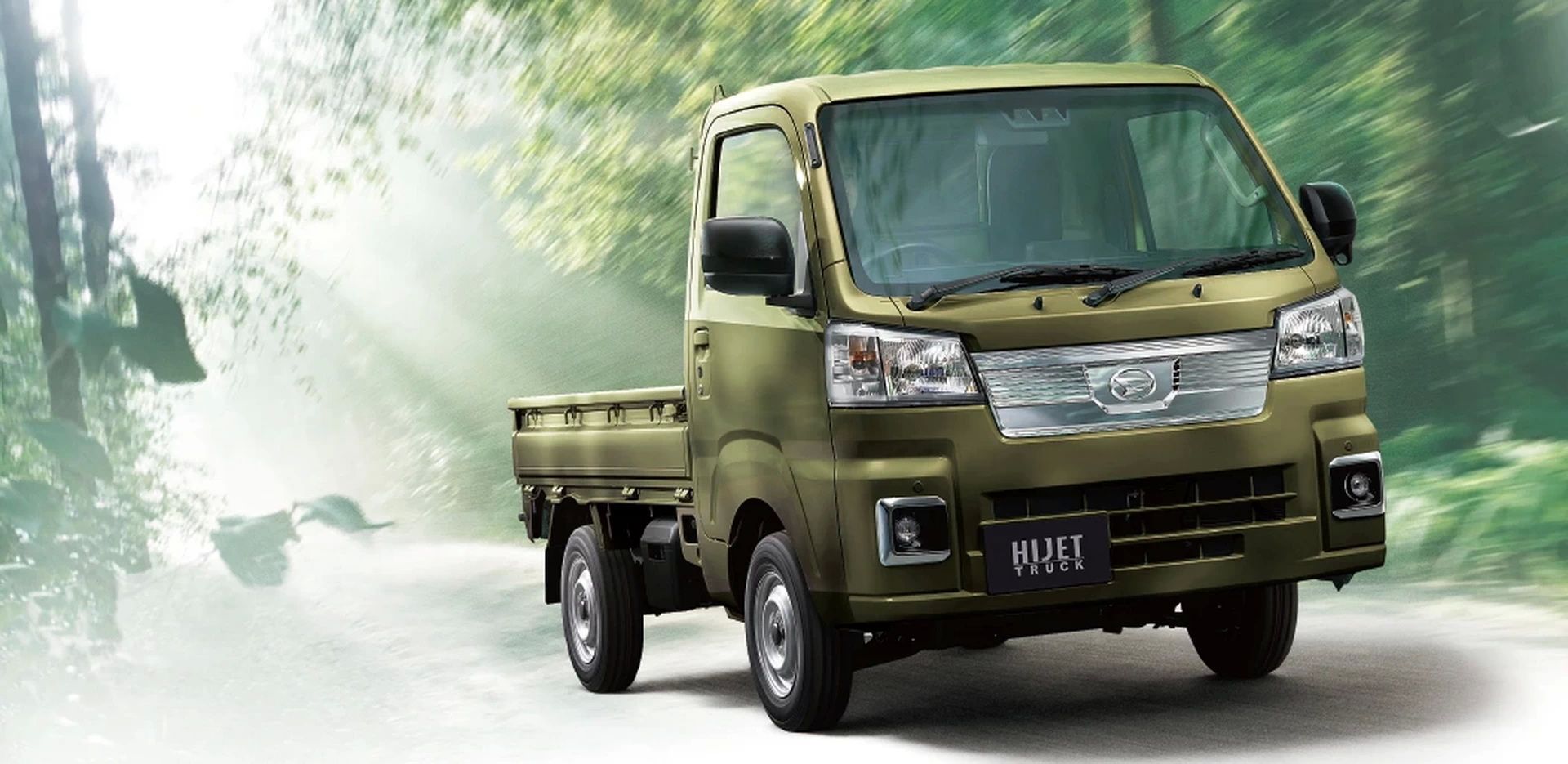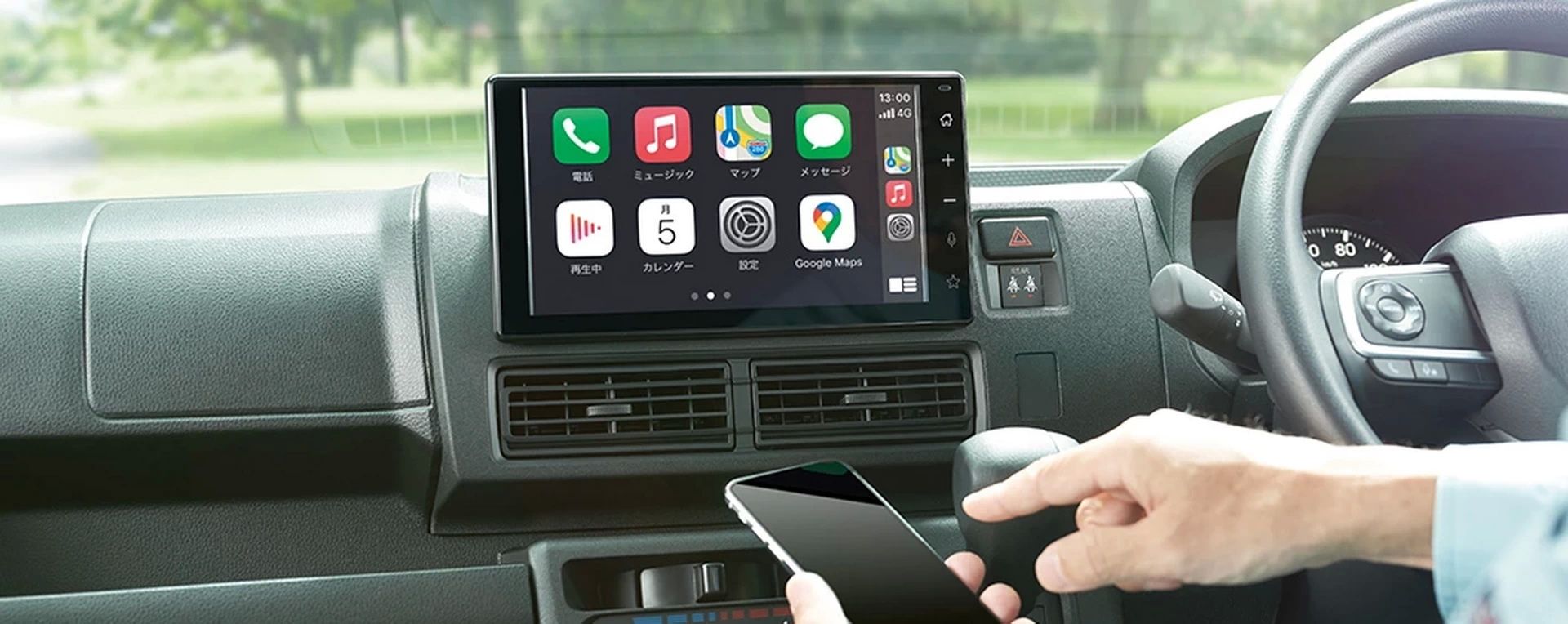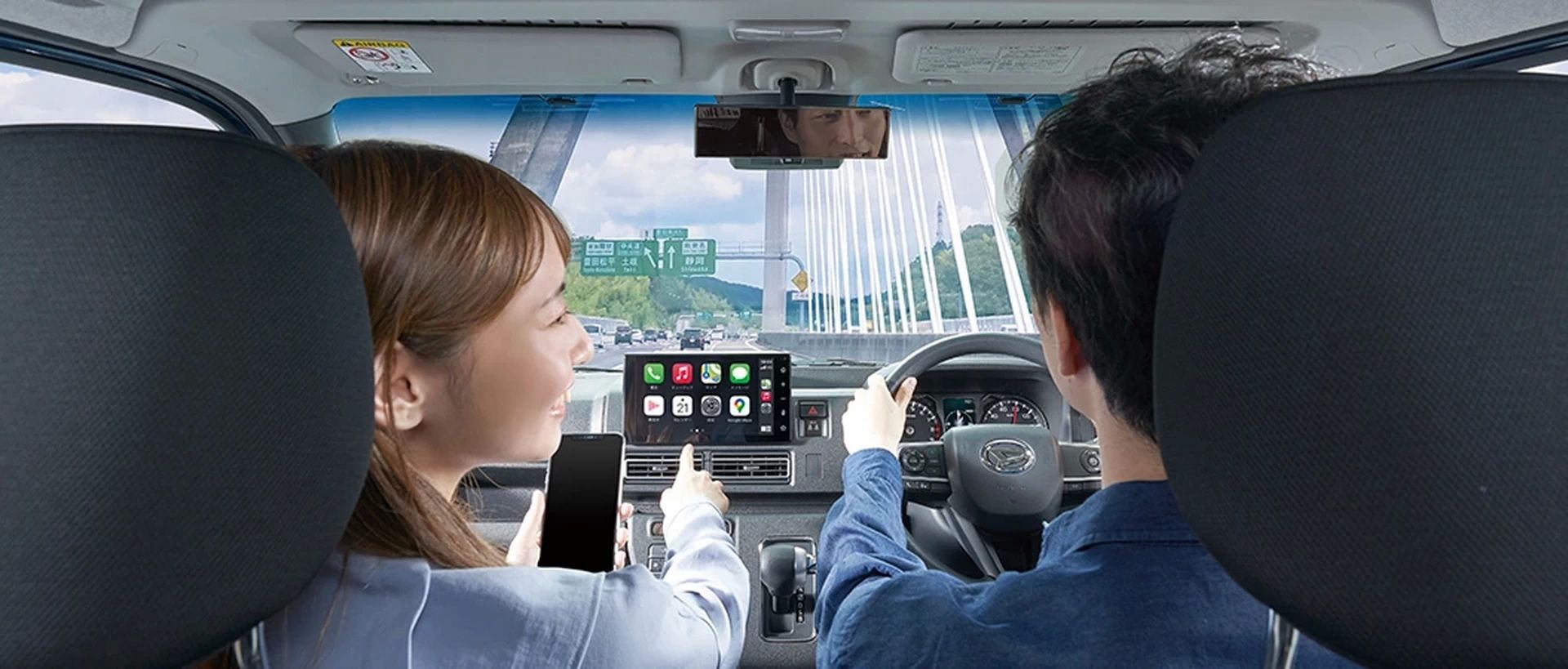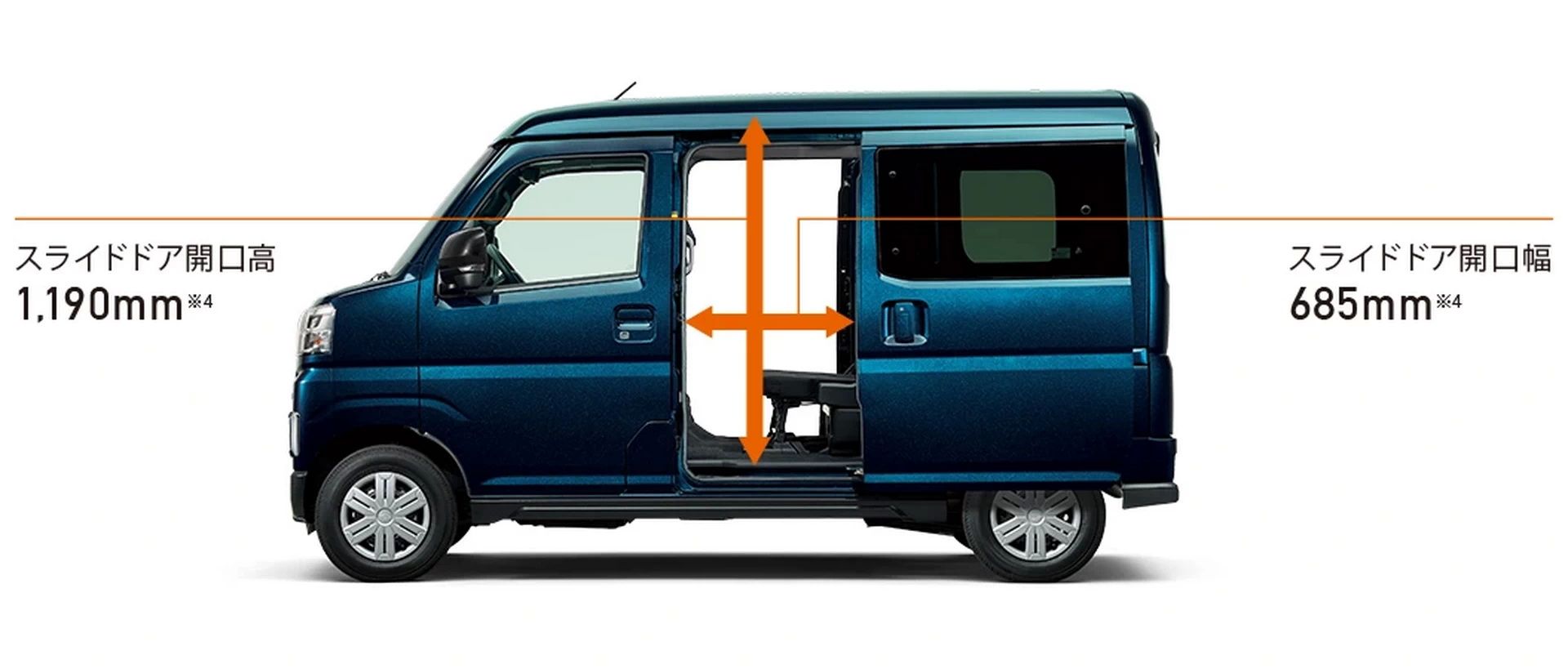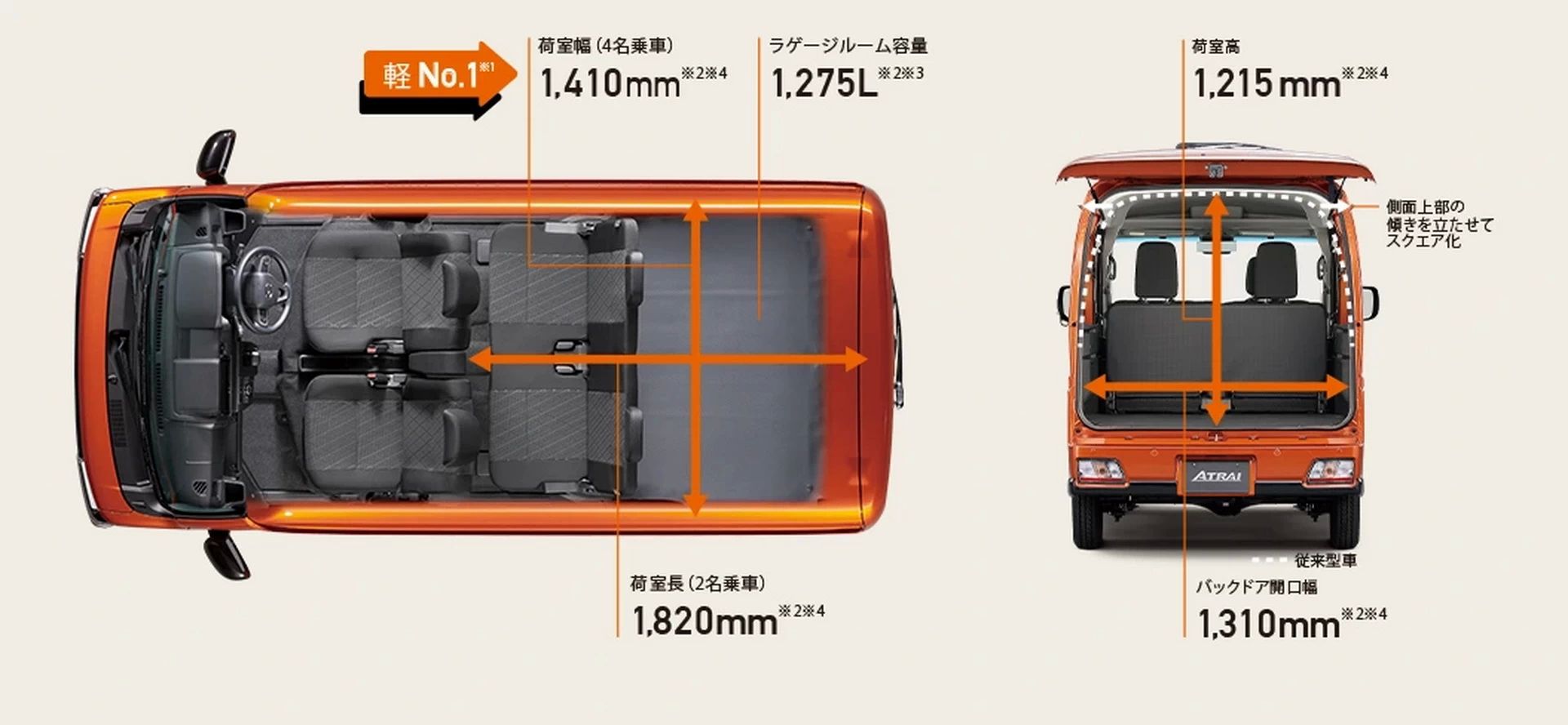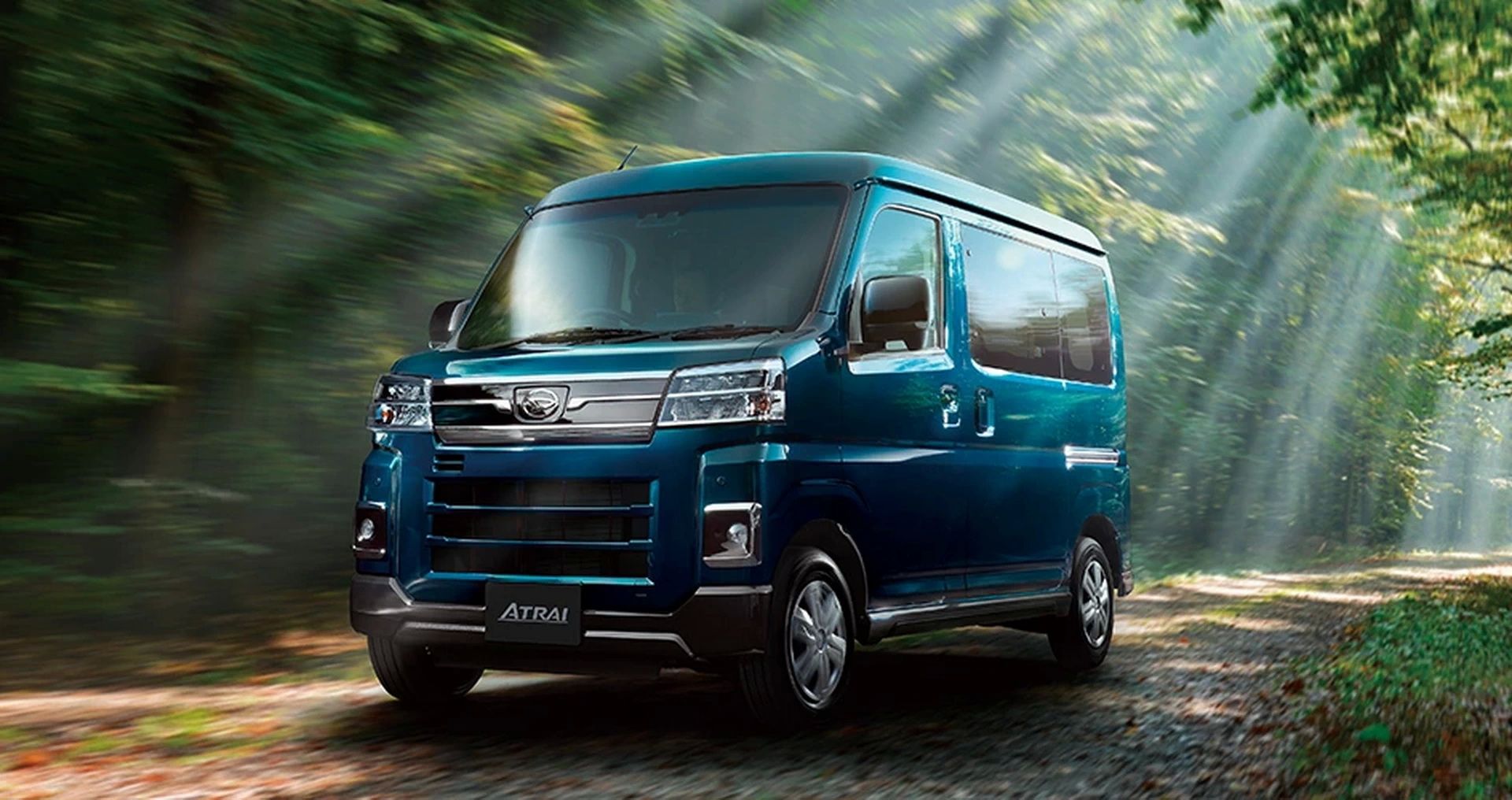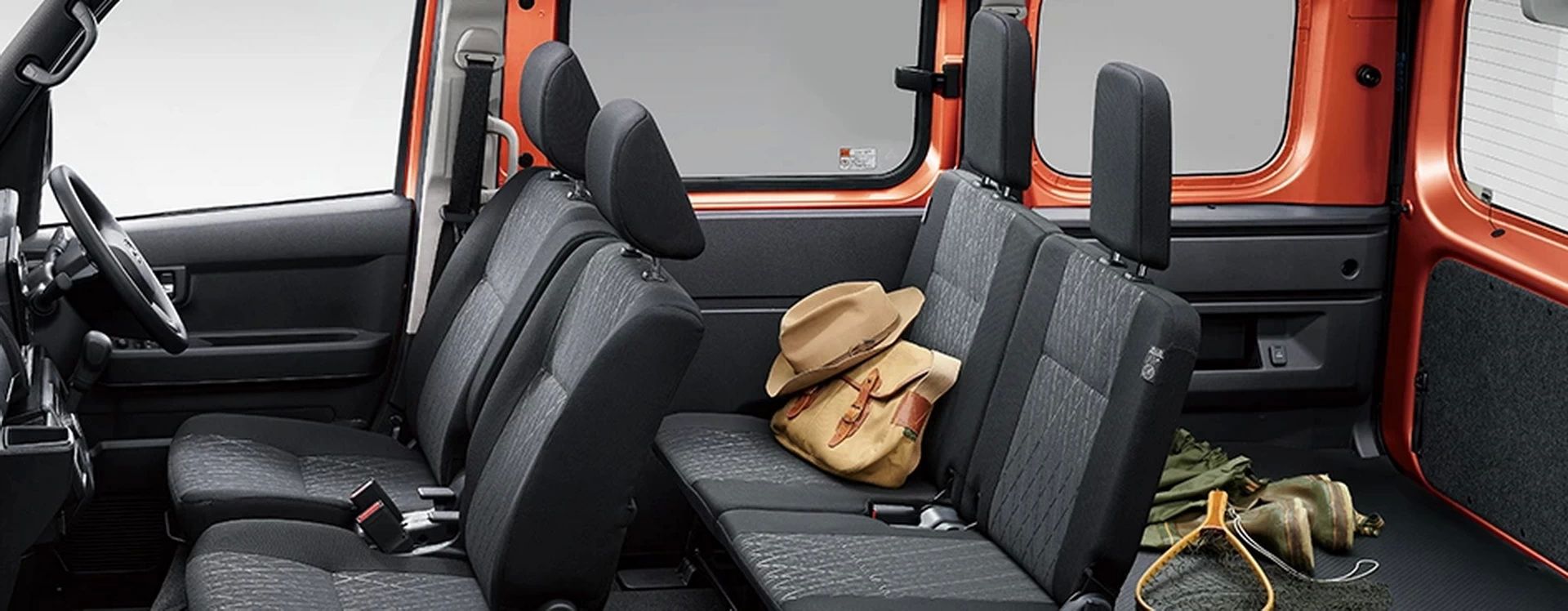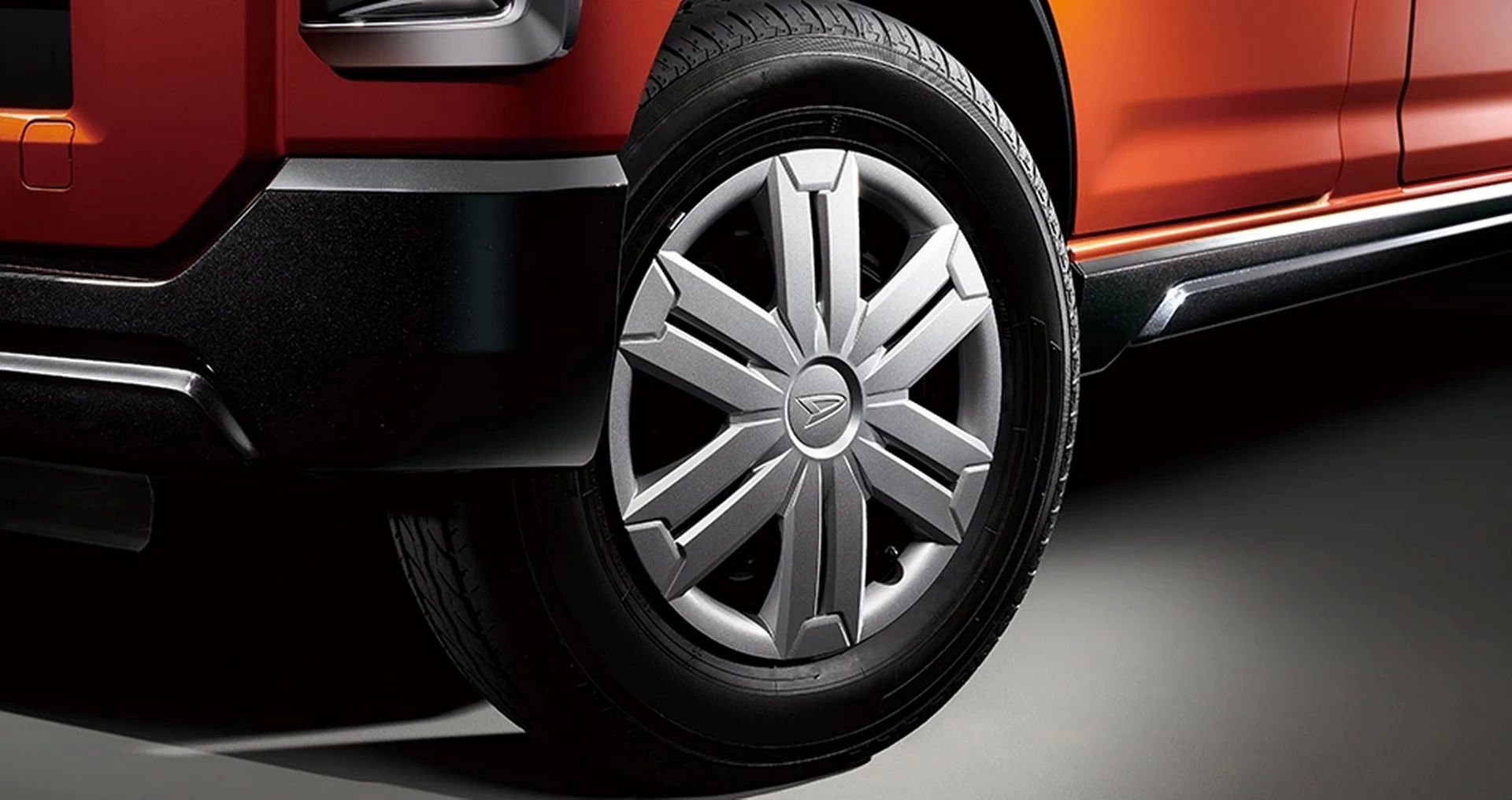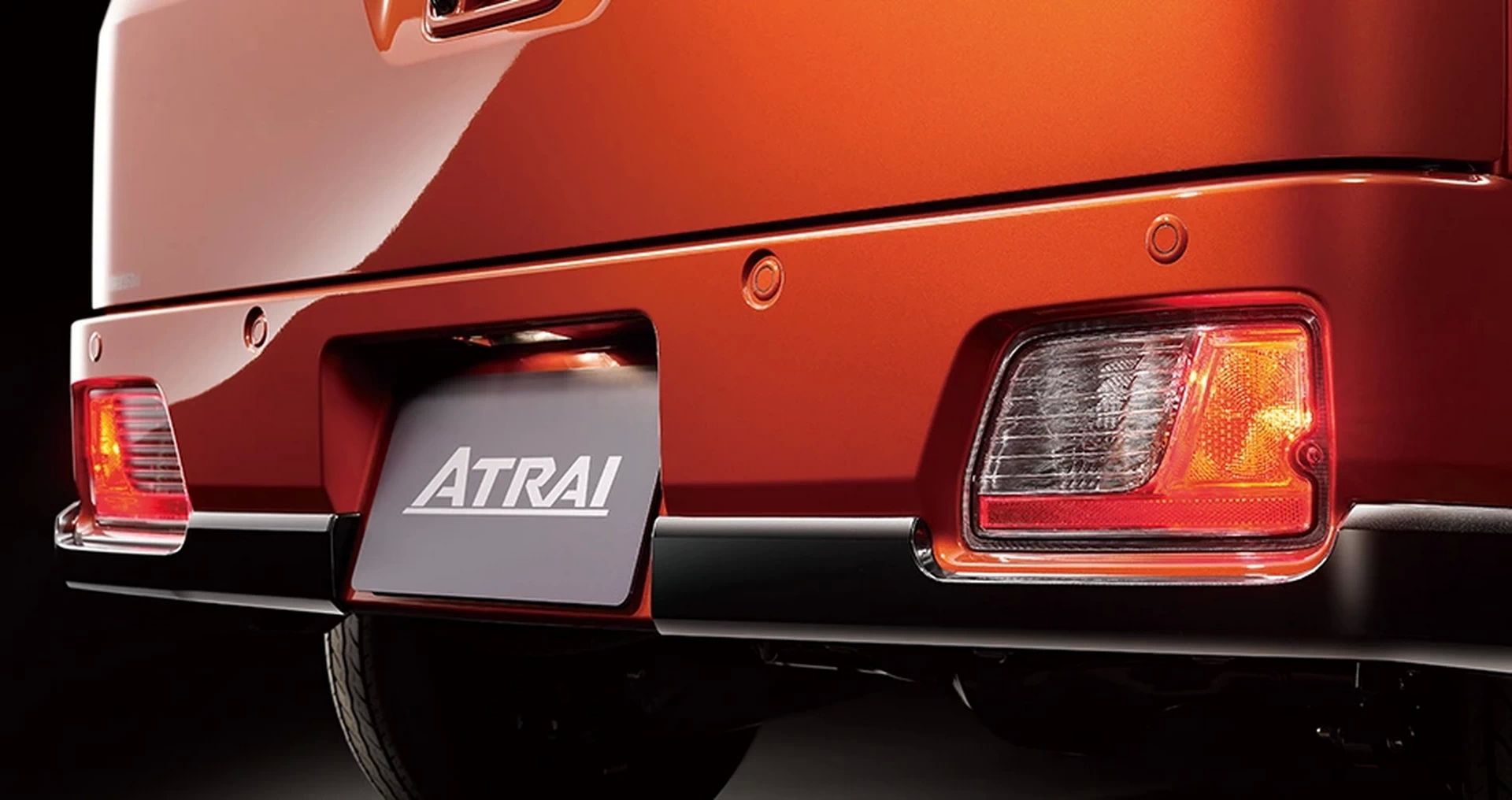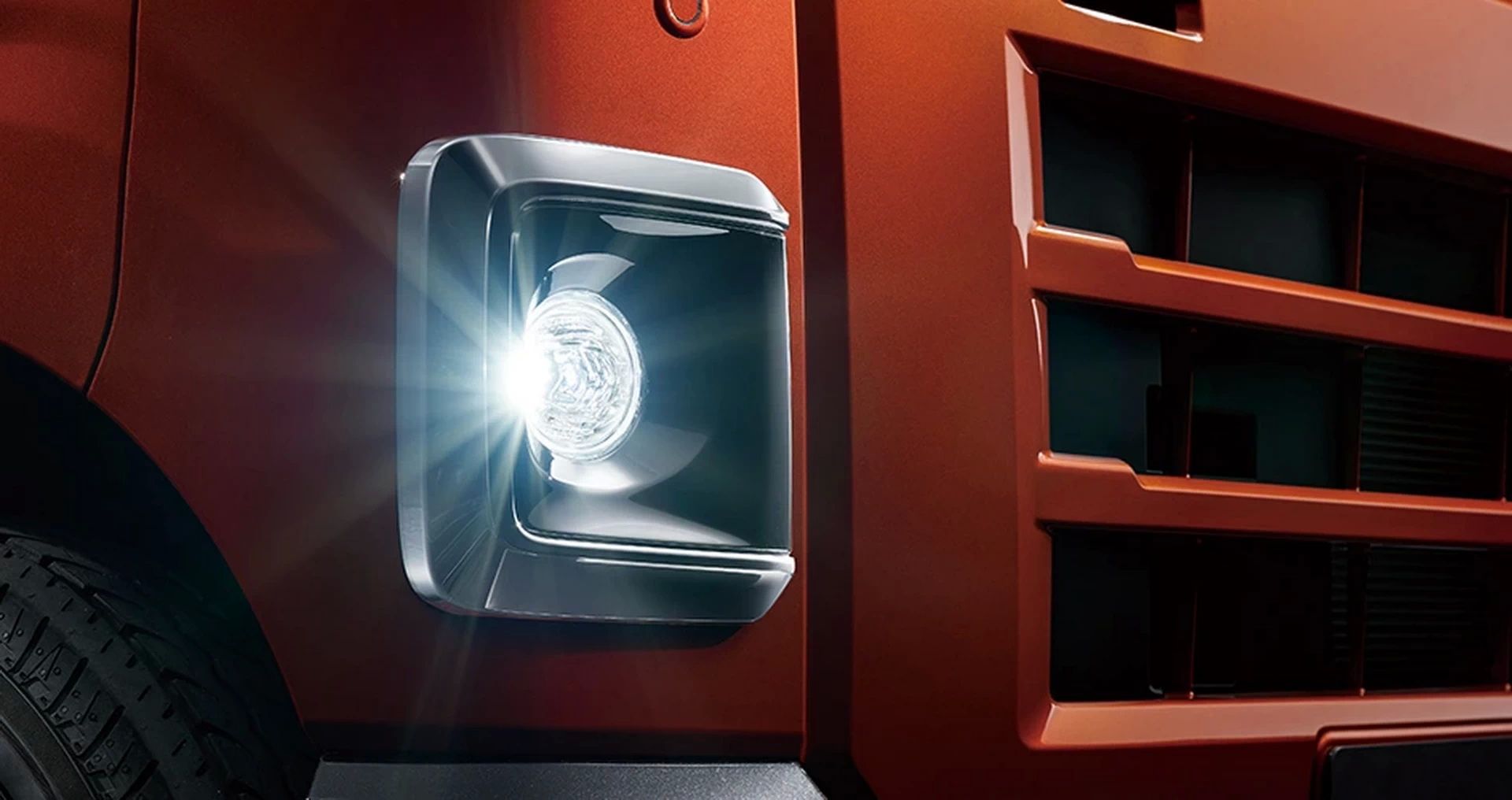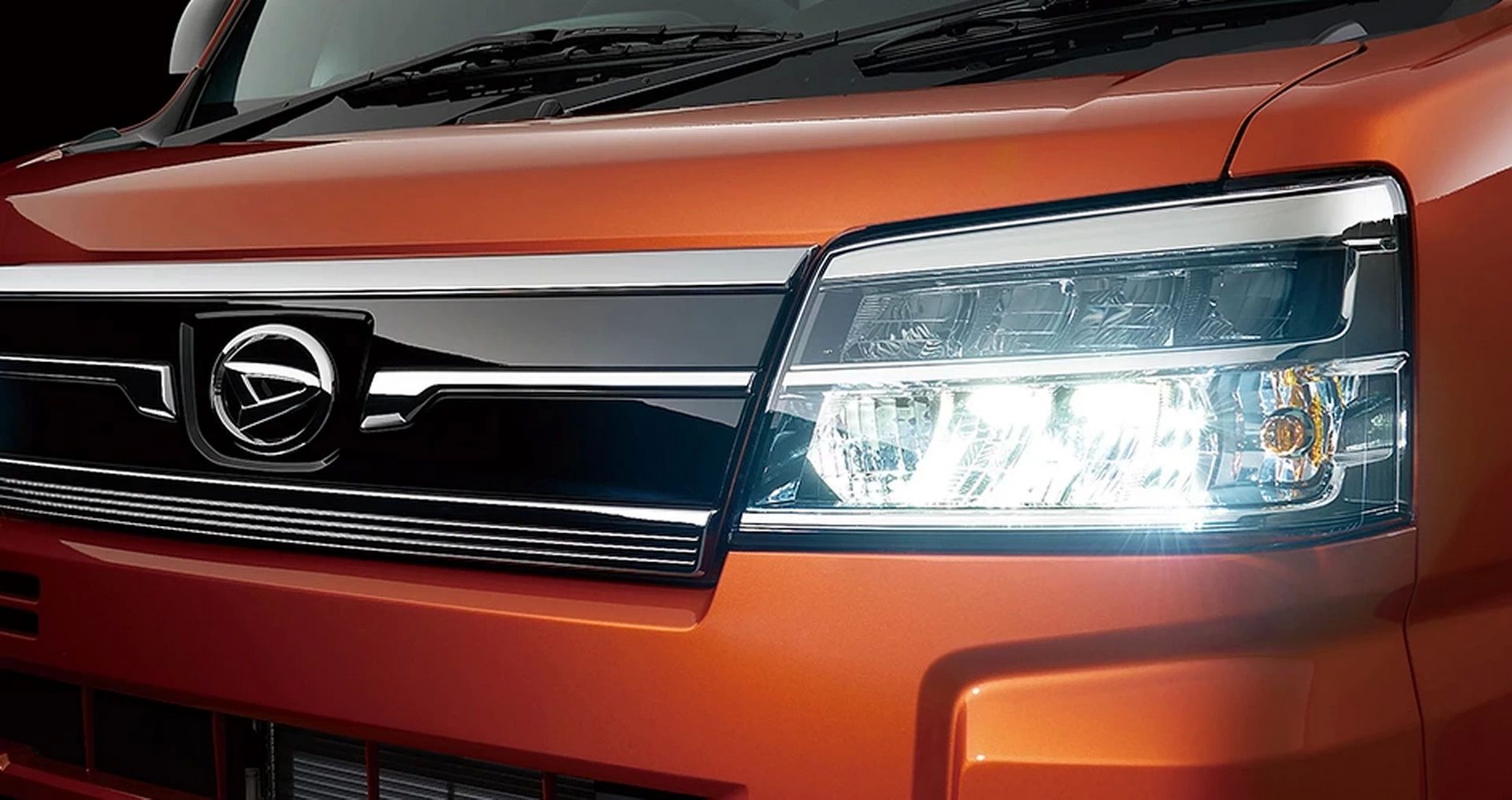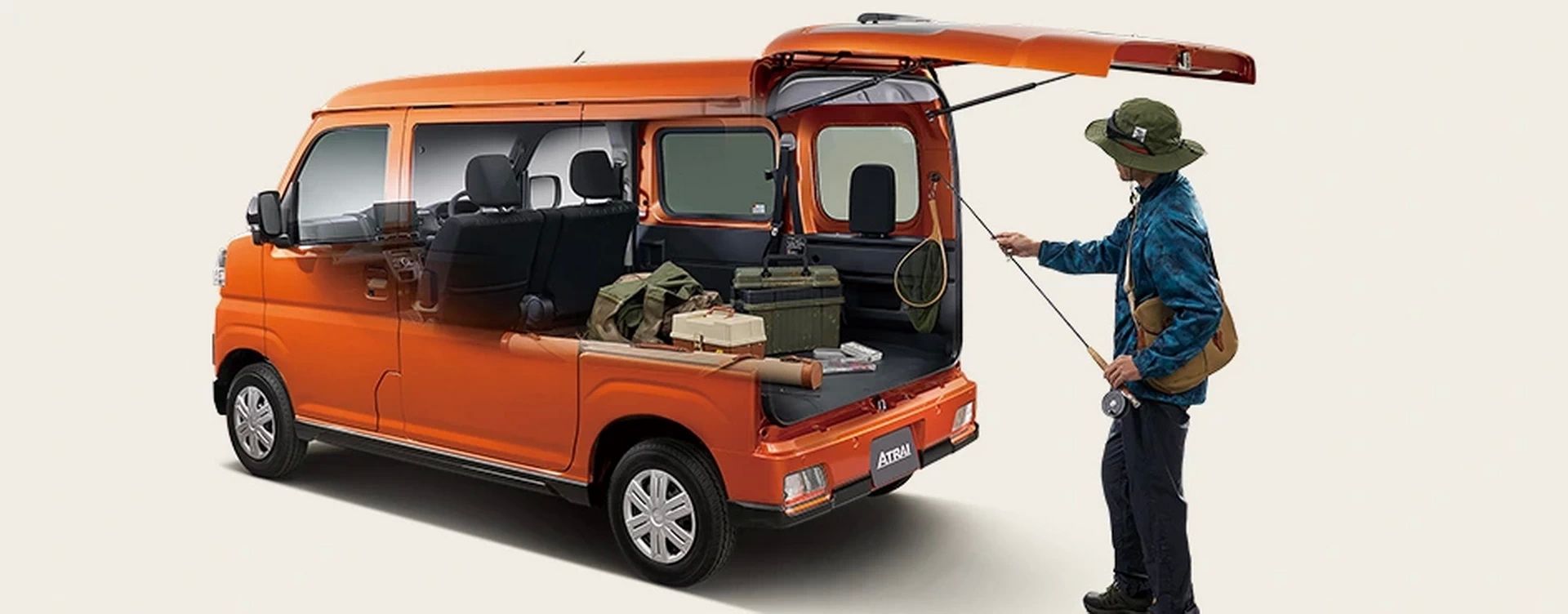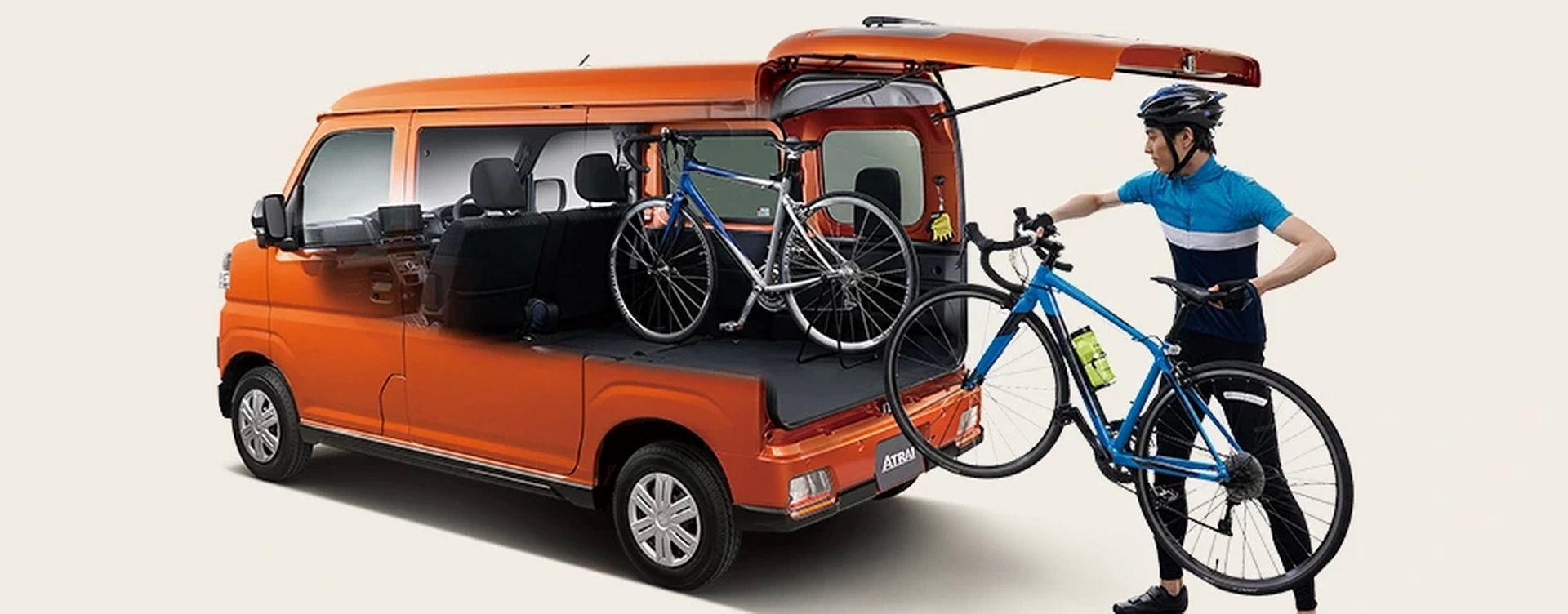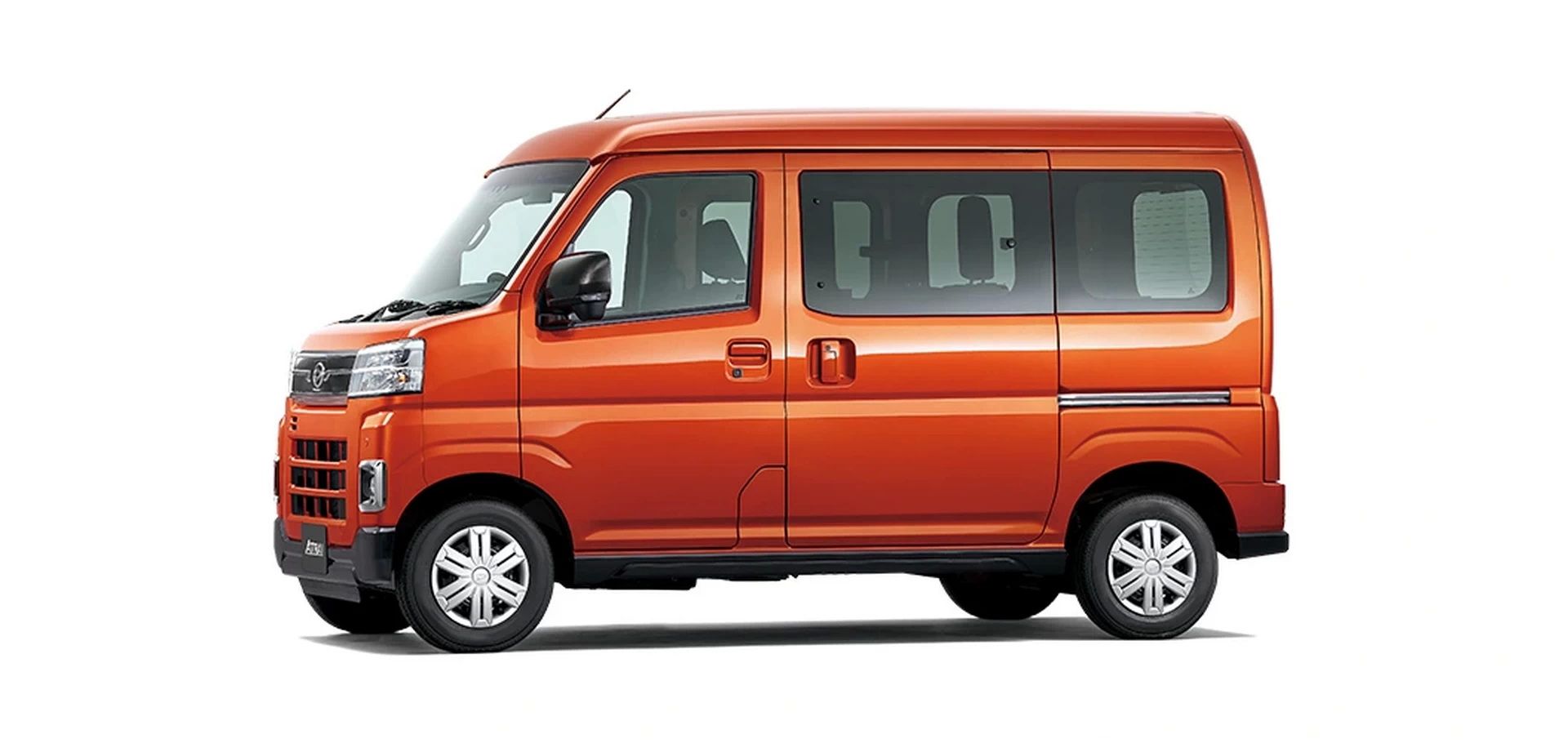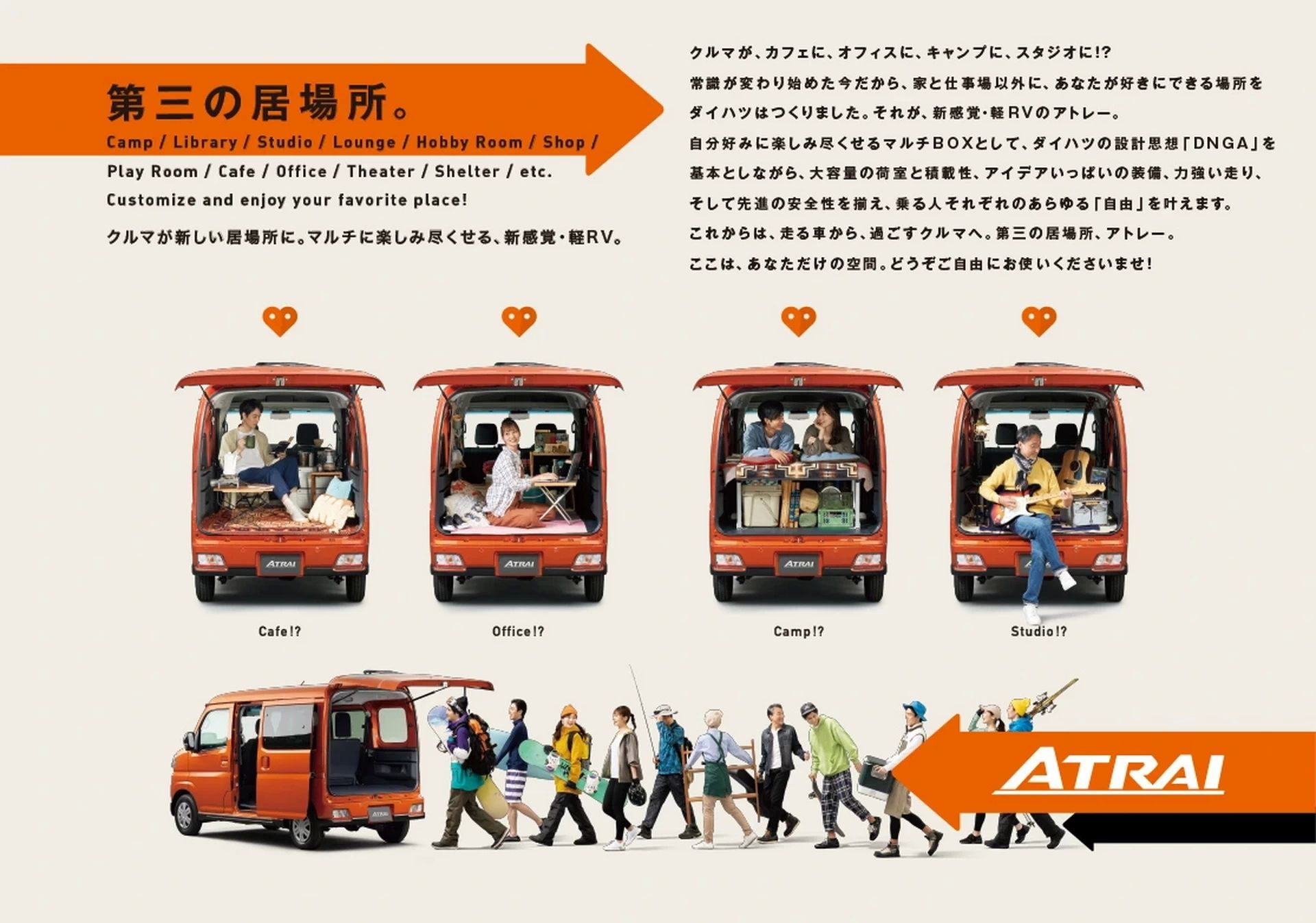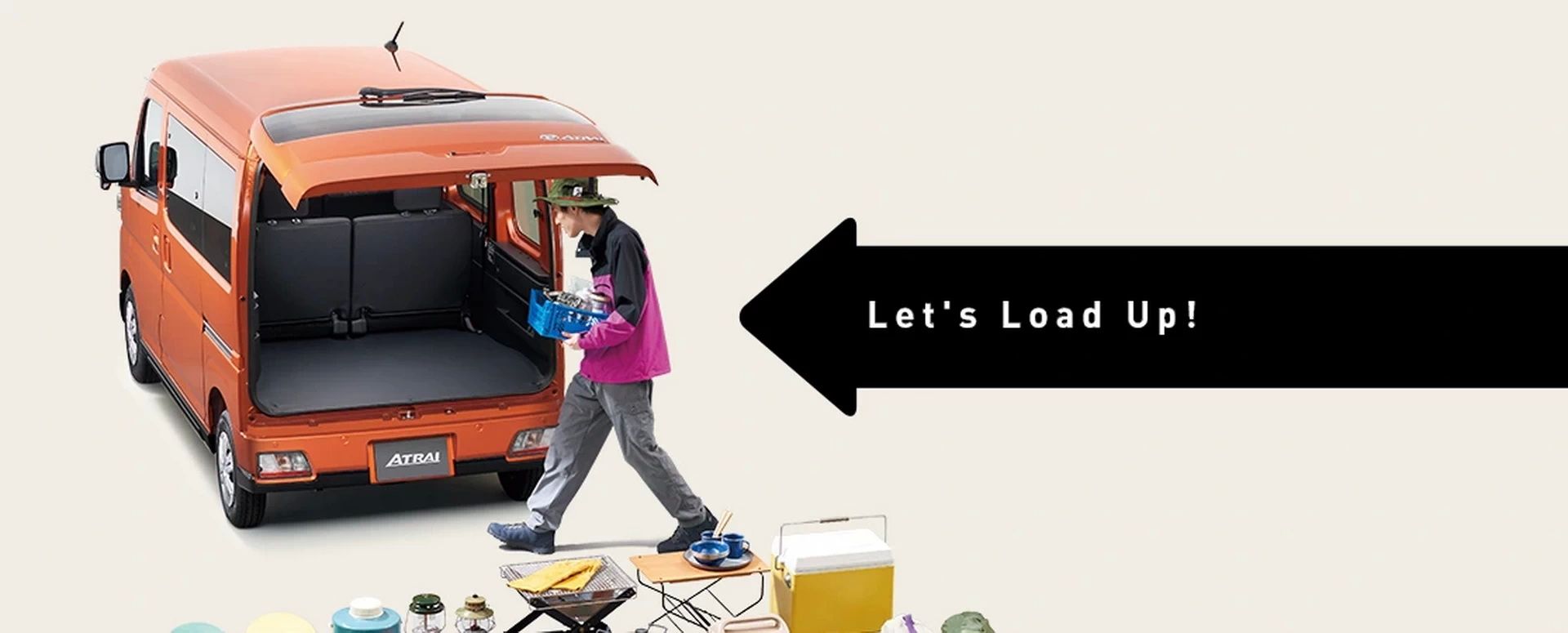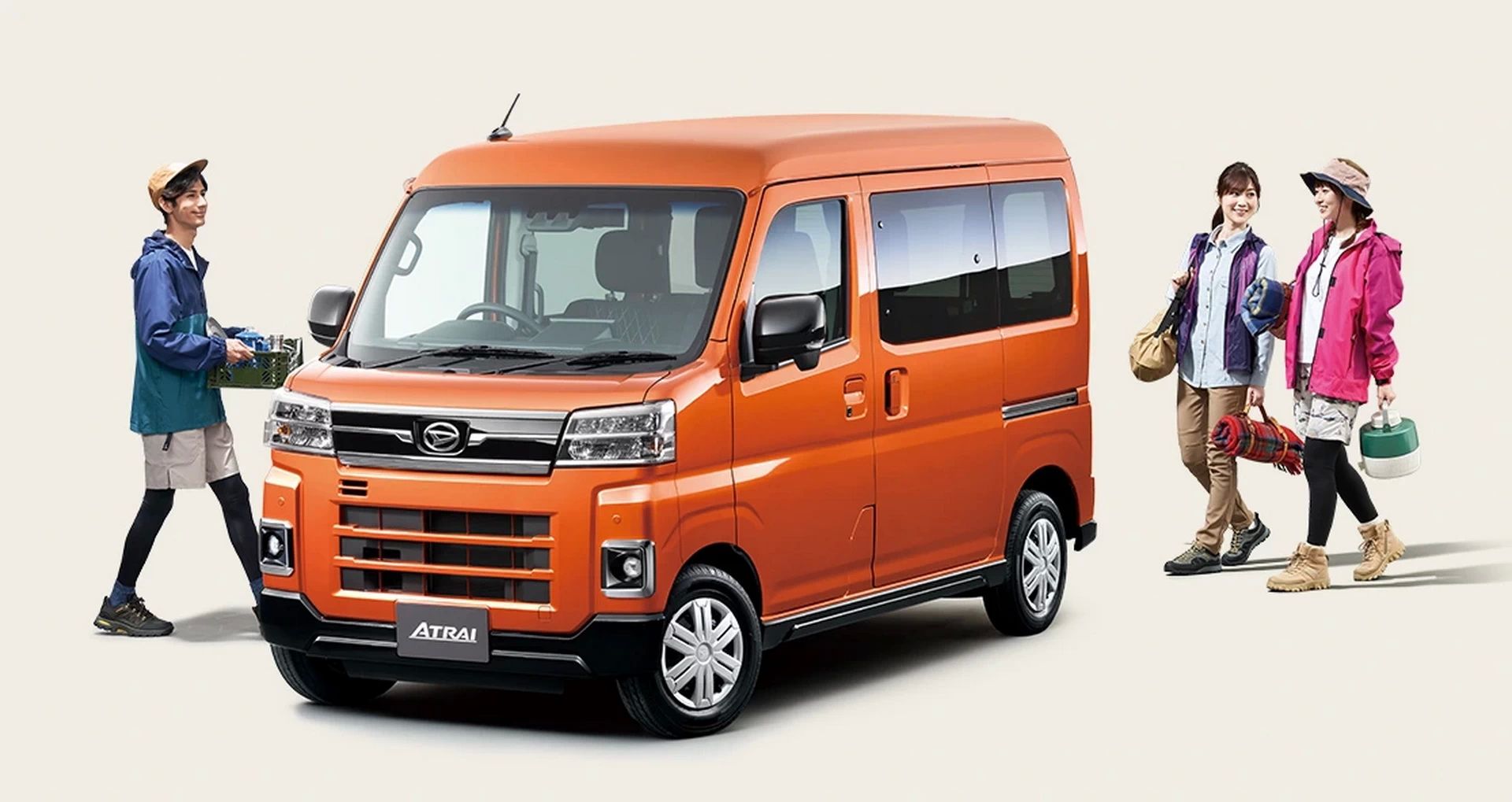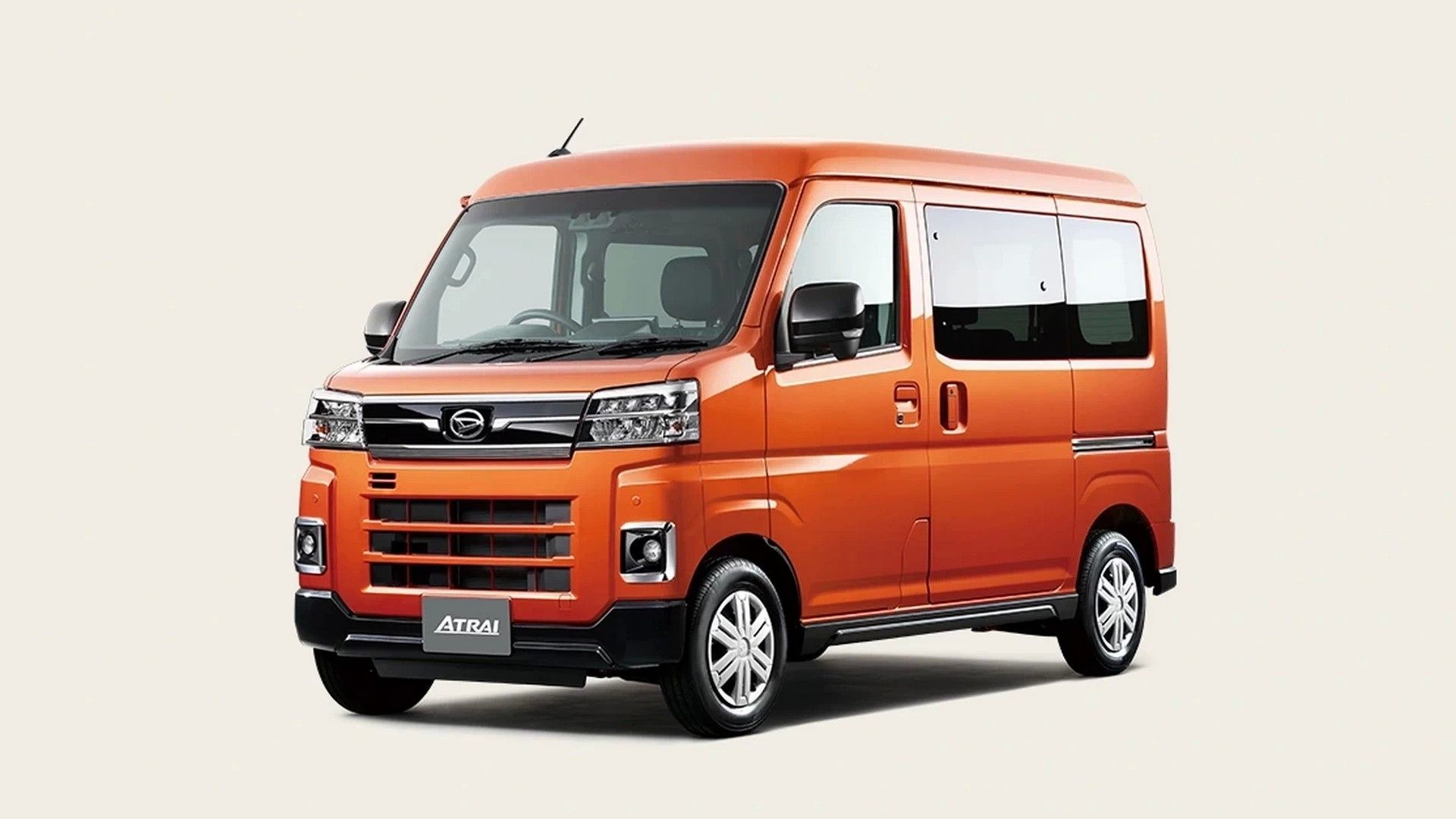Kei car fans rejoice, Daihatsu presented the eleventh generation of the Hijet Cargo (van) alongside the sixth generation of the Altrai (passenger van) and the facelifted Hijet Truck (pickup) for the Japanese market.
Despite the evolutionary approach in styling making them look like facelifts of their predecessors that first appeared in 2004, the Hiject Cargo and Altrai are clean-sheet designs since they are based on the DNGA (Daihatsu New Global Architecture) platform. As for the Hijet Truck which comes with a different, cab-over layout, it is a comprehensive upgrade of the existing model that appeared in 2014.
See Also: Toyota Raize And Daihatsu Rocky Siblings Available With Range-Extender Hybrid Powertrain
Daihatsu’s DNGA platform brings significantly improved rigidity and ride quality over the previous generations of the microvan. It is combined with an overhauled suspension setup making the vehicles better handling and more comfortable.
Under the tiny bonnet, there is a tiny 660 cc engine producing from 46 hp (34 kW / 46 PS) and 60 Nm (44.2 lb-ft) of torque in the base-spec Hijet, up to 63 hp (47 kW / 64 PS) and 91 Nm ( lb-ft) of torque in the Atrai. The motor is exclusively mated to a brand new CVT gearbox that is said to improve fuel efficiency, except the Hijet Truck that is also available with a five-speed manual. Power is transmitted to either the rear wheels, or to all four wheels through an electronically controlled 4WD system. Additionally, the Hijet Truck is available with a differential lock function (Super Def Lock).
Read Also: Nissan Announces A New Electric Kei Car, Will Be Introduced Next Year
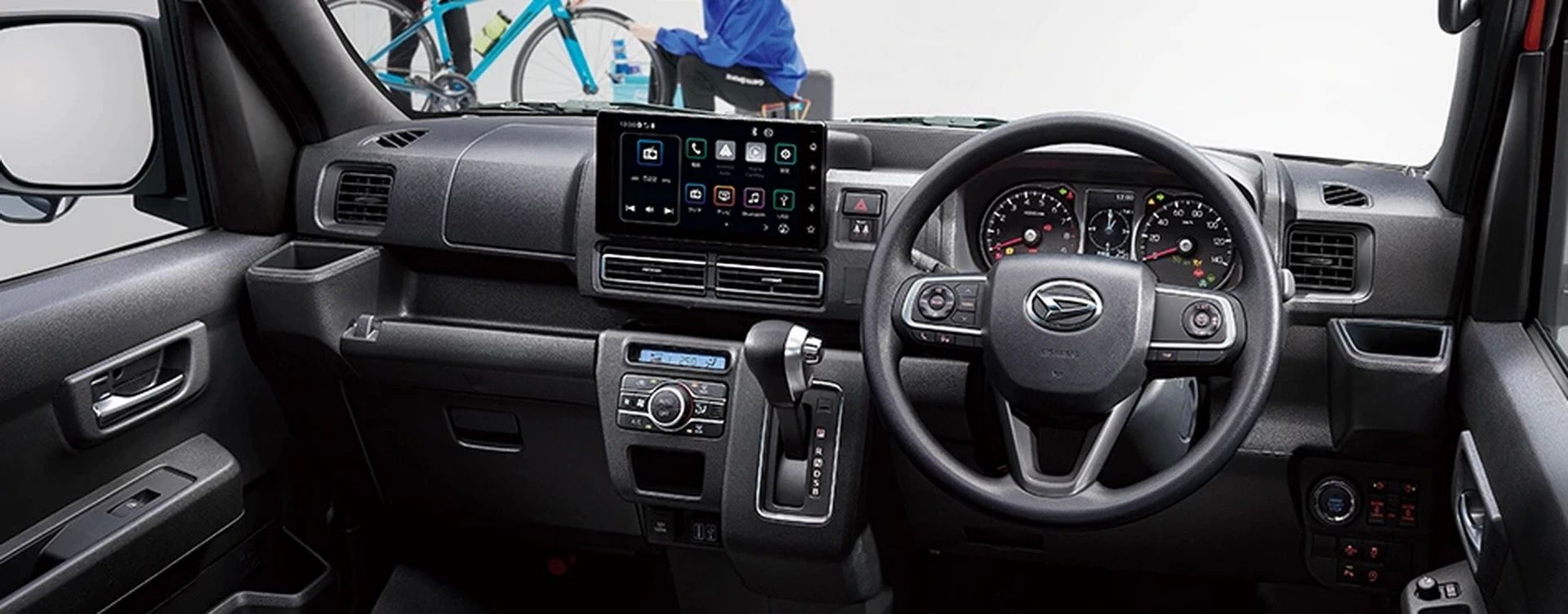
The dashboard of the Daihatsu Atrai with the larger 9-inch infotainment screen and buttons on the steering wheel.
The vehicles might not claim any beauty awards but they excel in practicality. Daihatsu designers made them even boxier than the previous generation, maximizing the interior space, while adopting a more angular approach in details like the lighting units. Overall dimensions are identical to their predecessors, with a length of 3,395 mm (133.7 inches) and a width of 1,475 mm (58.1 inches) for the Hijet Cargo.
Depending on the variant, the dashboard comes with no screen at all, 6.8-inch or 9-inch touchscreen units. The Atrai has a four-seater cabin with up to 1,275 lt of cargo space that can be configured for sleeping, working, or simply storing large items. Similarly, the Hijet Cargo has four seats that can fold flat creating “the largest loading space in its class” with a completely flat floor, while it is also available as a double-cab pickup with a small rear bed. Finally, the Hijet Truck comes in two-seater pickup variants with differences in height plus an extended cab “Jumbo” option with additional space for tools and equipment behind the seats.
See Also: The Jimry Is A Suzuki Every Van With A Jimny Face Transplant Looking Like A Pokemon
A very important addition in all three vehicles is a range of ADAS systems that is not common in this segment at least at the moment. More specifically, the Smart Assist includes collision avoidance, adaptive cruise control, and lane keeping assist for safer driving on the highway.
Pricing in Japan starts from ¥1,045,000 (equal to US$9,214 at today’s exchange rates) for the Hijet Cargo, from ¥902,000 (US$7,953) for the Hijet Truck, and from ¥1,562,000 ($13,773) for the Atrai. Daihatsu is offering 13 different configurations including a delivery van, a dump truck, a fridge, and a wheelchair-accesible passenger van.
Daihatsu Hijet Cargo
https://youtu.be/6lFqsZt53iY
Daihatsu Hijet Truck
https://youtu.be/_IMS8RFKJo4
Daihatsu Atrai Van
https://youtu.be/Am-UoWaKq0k




